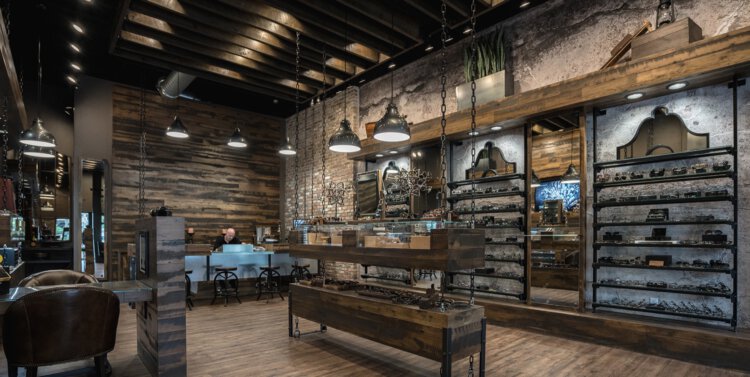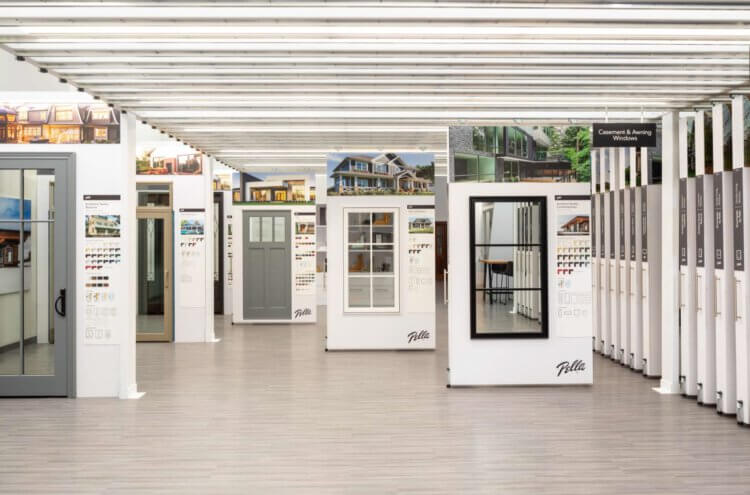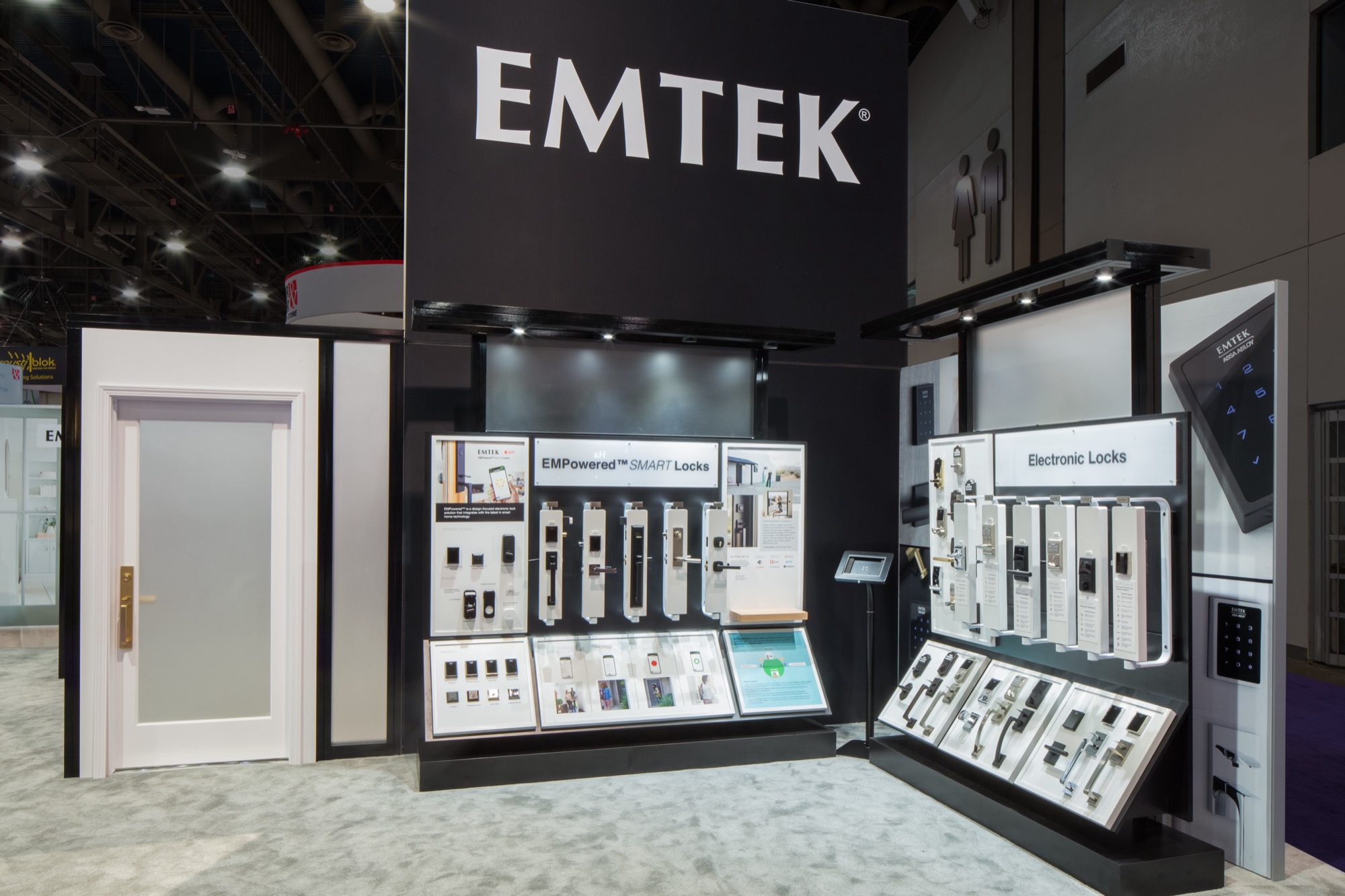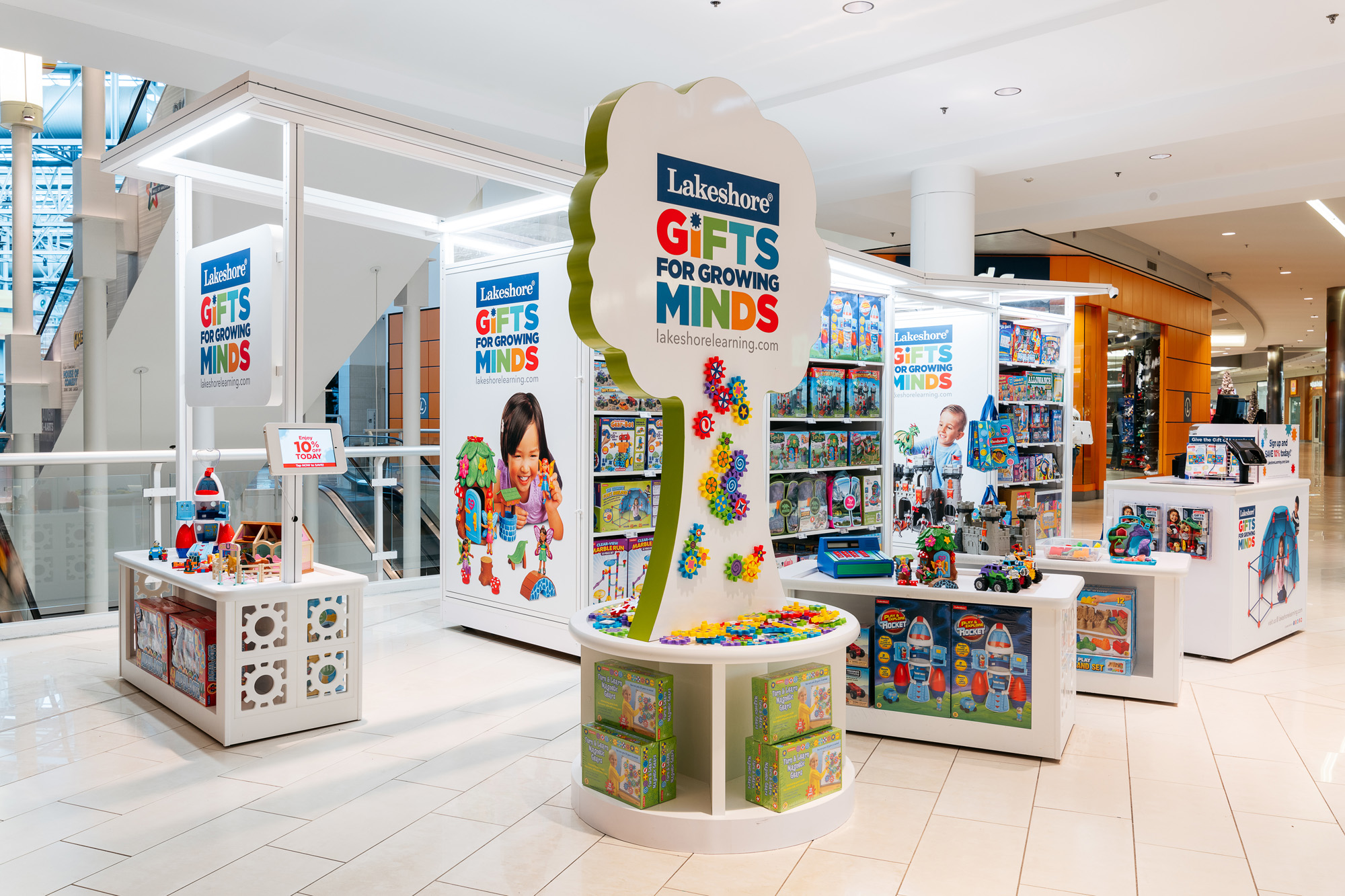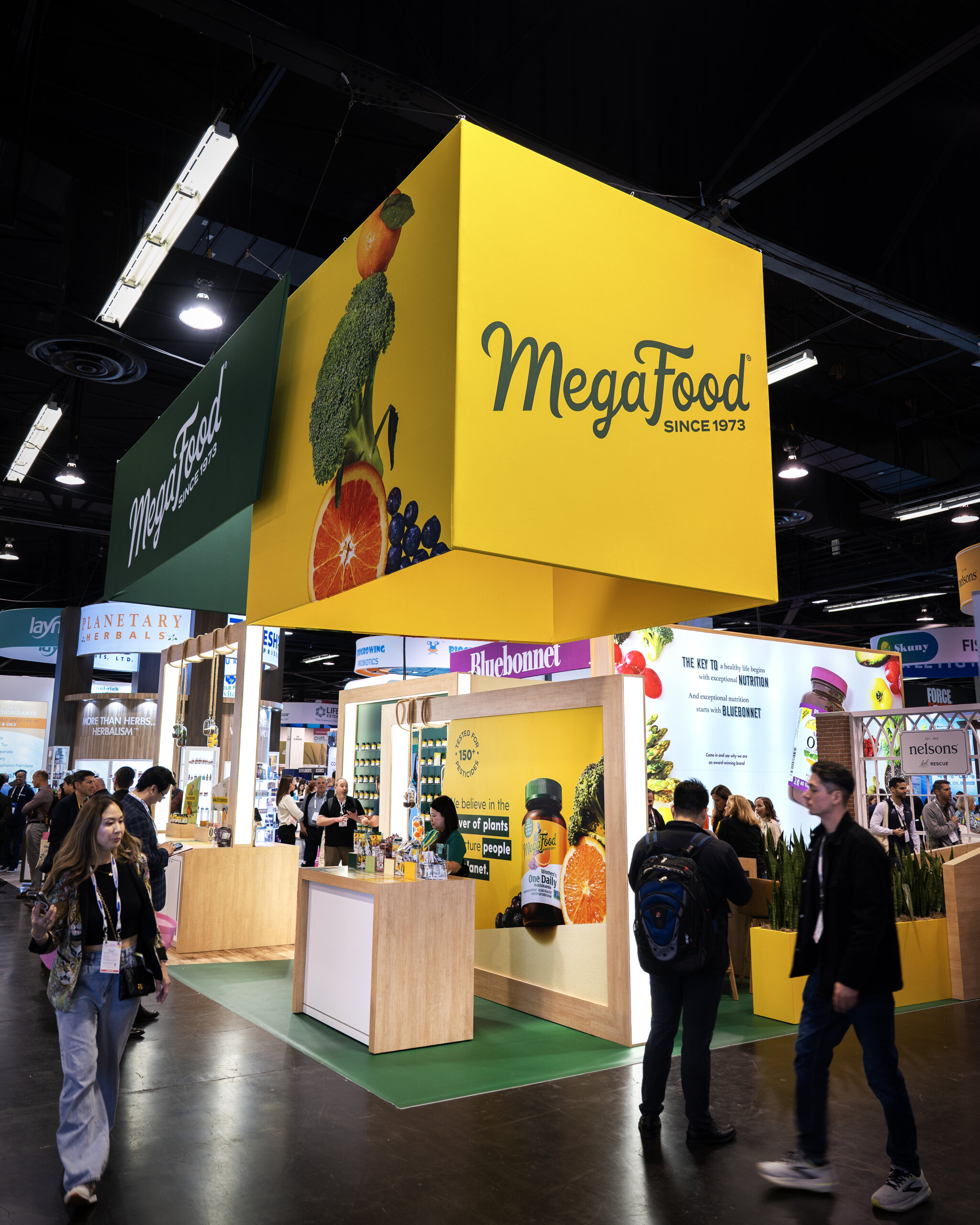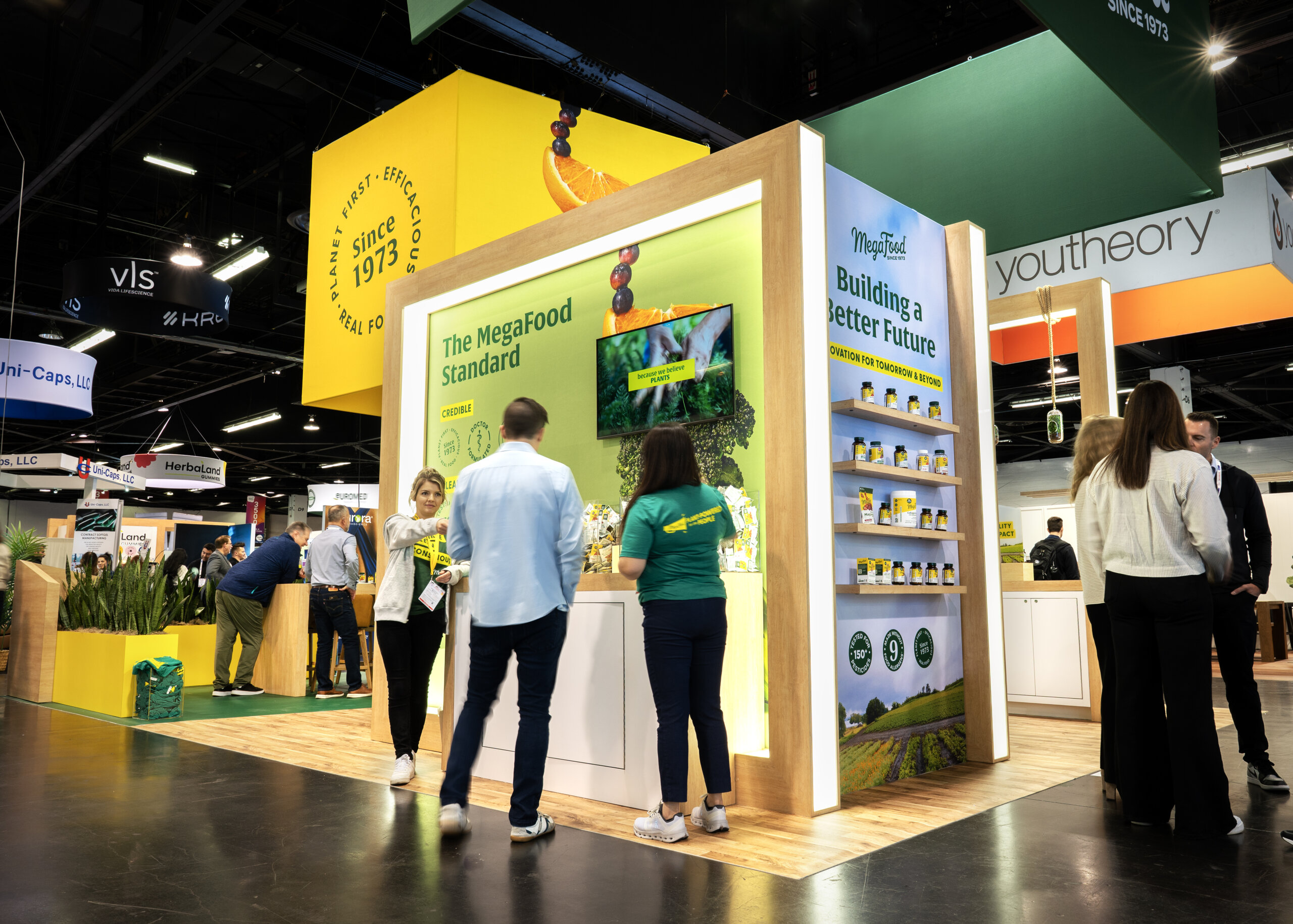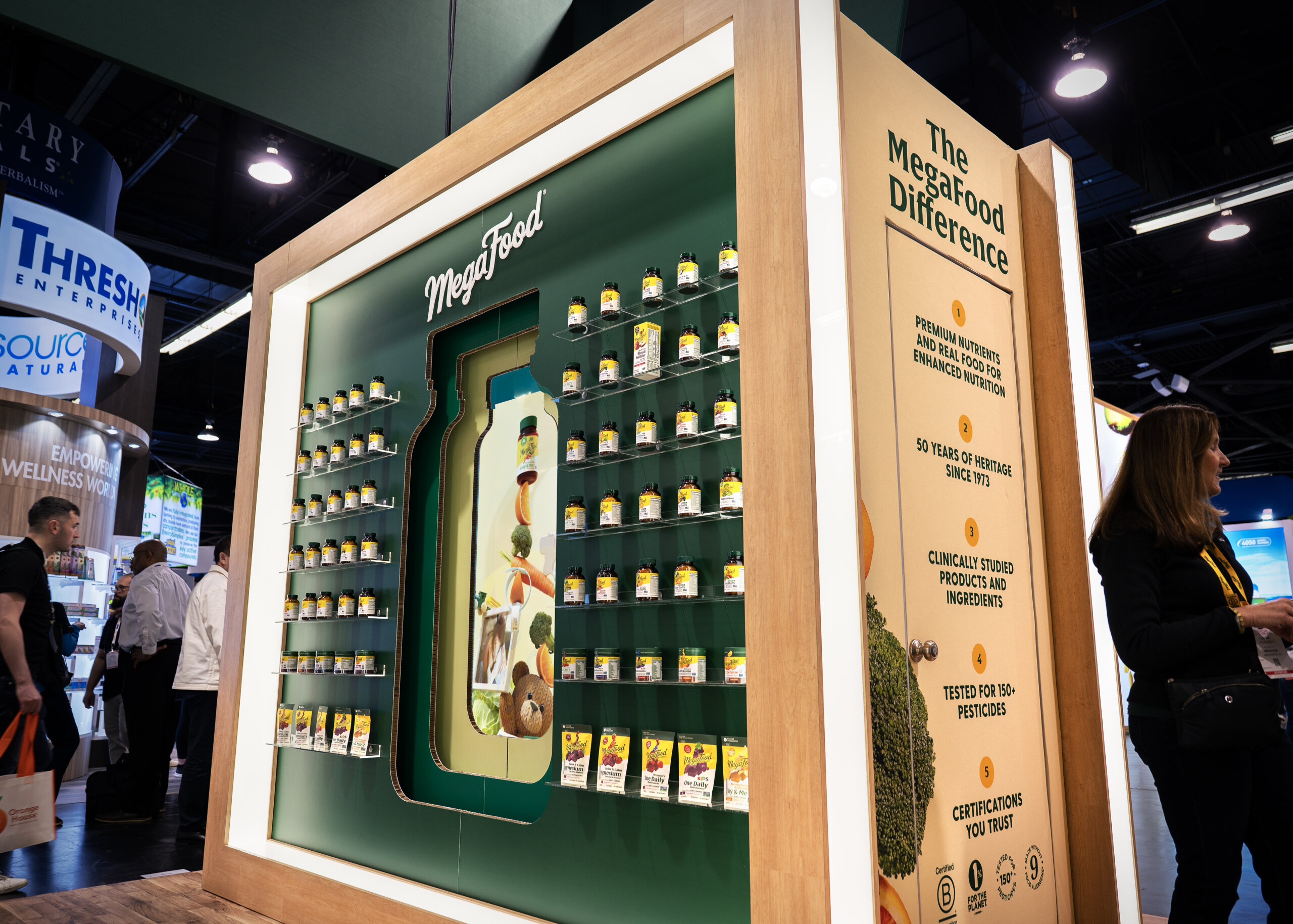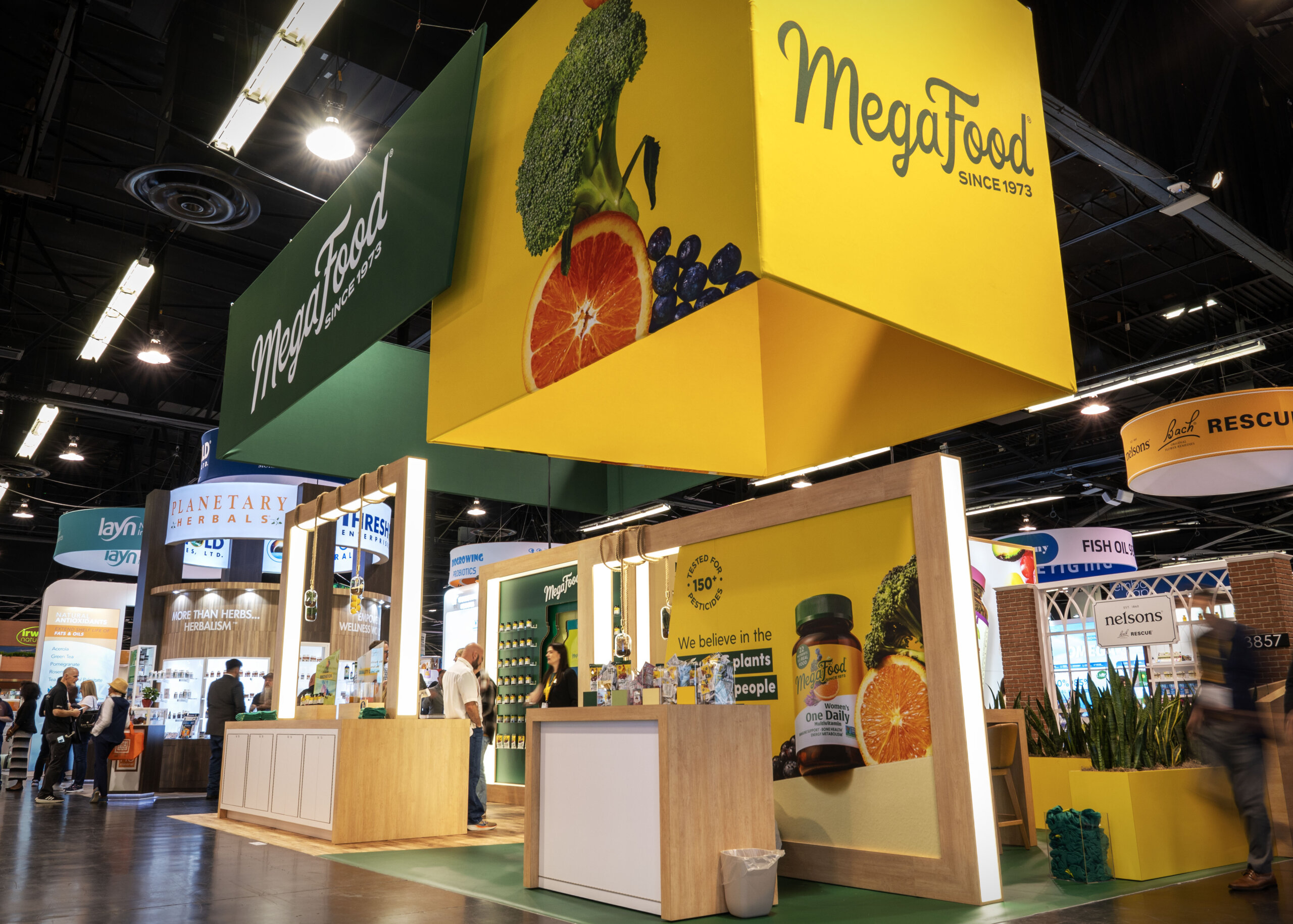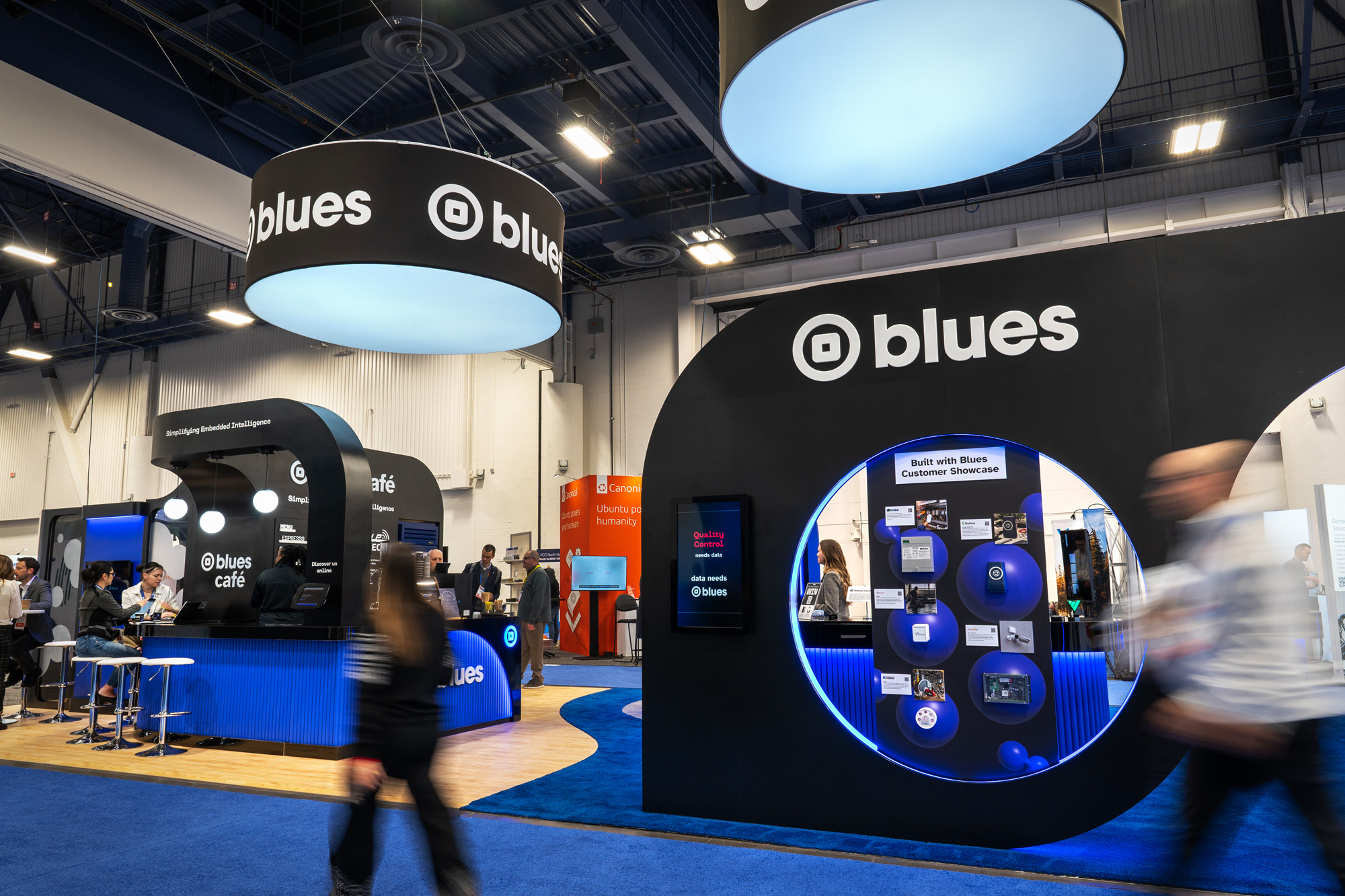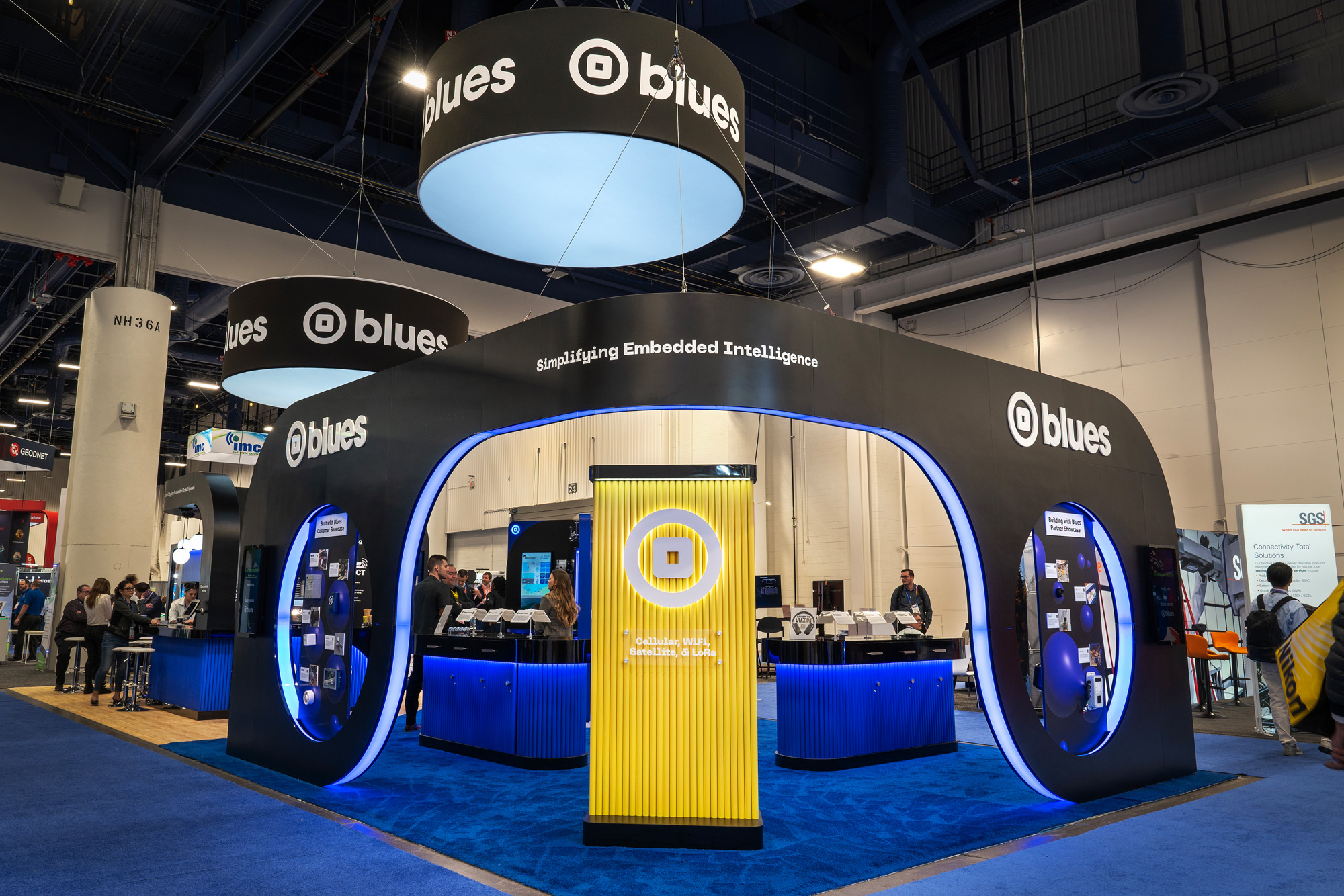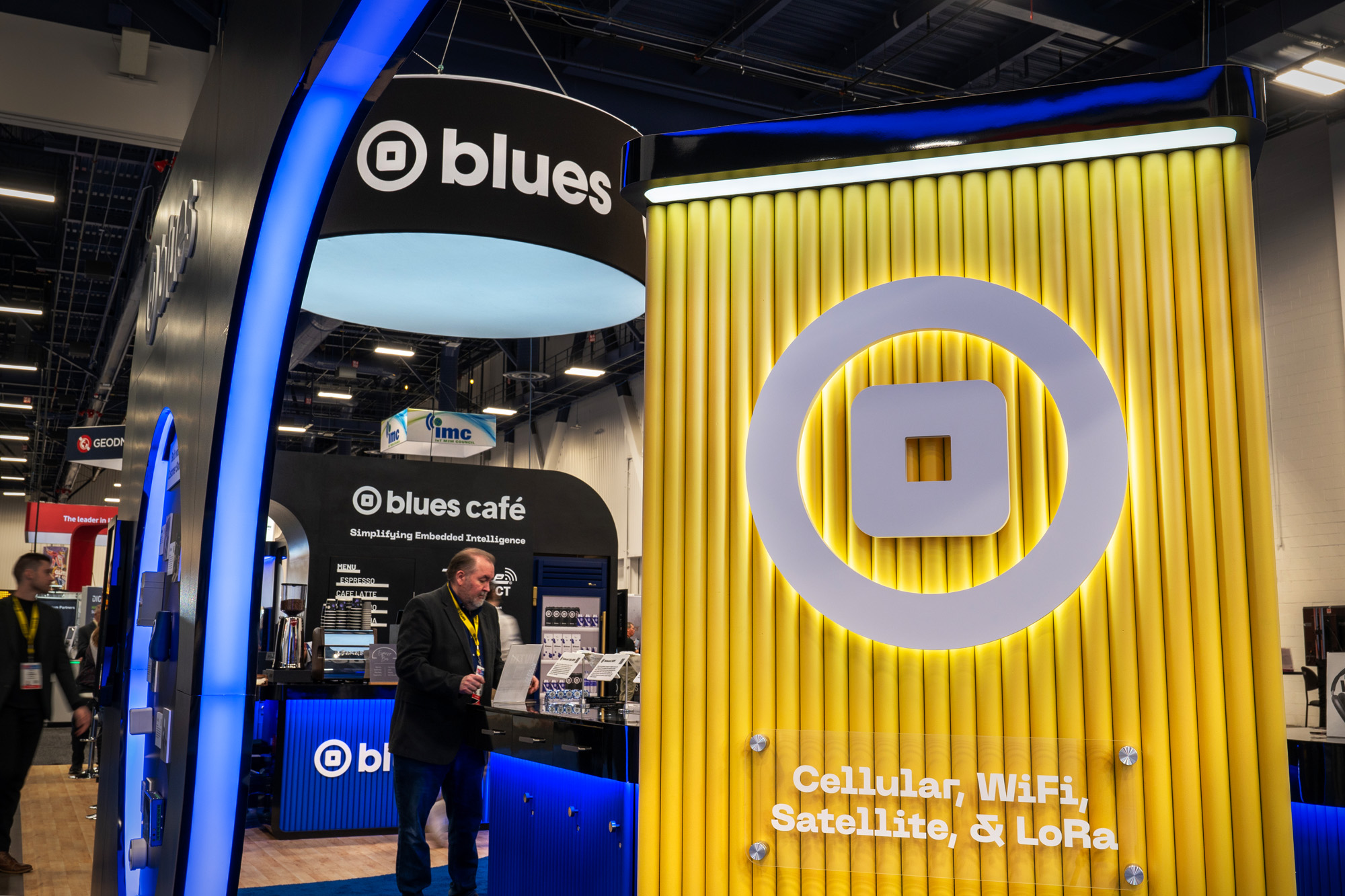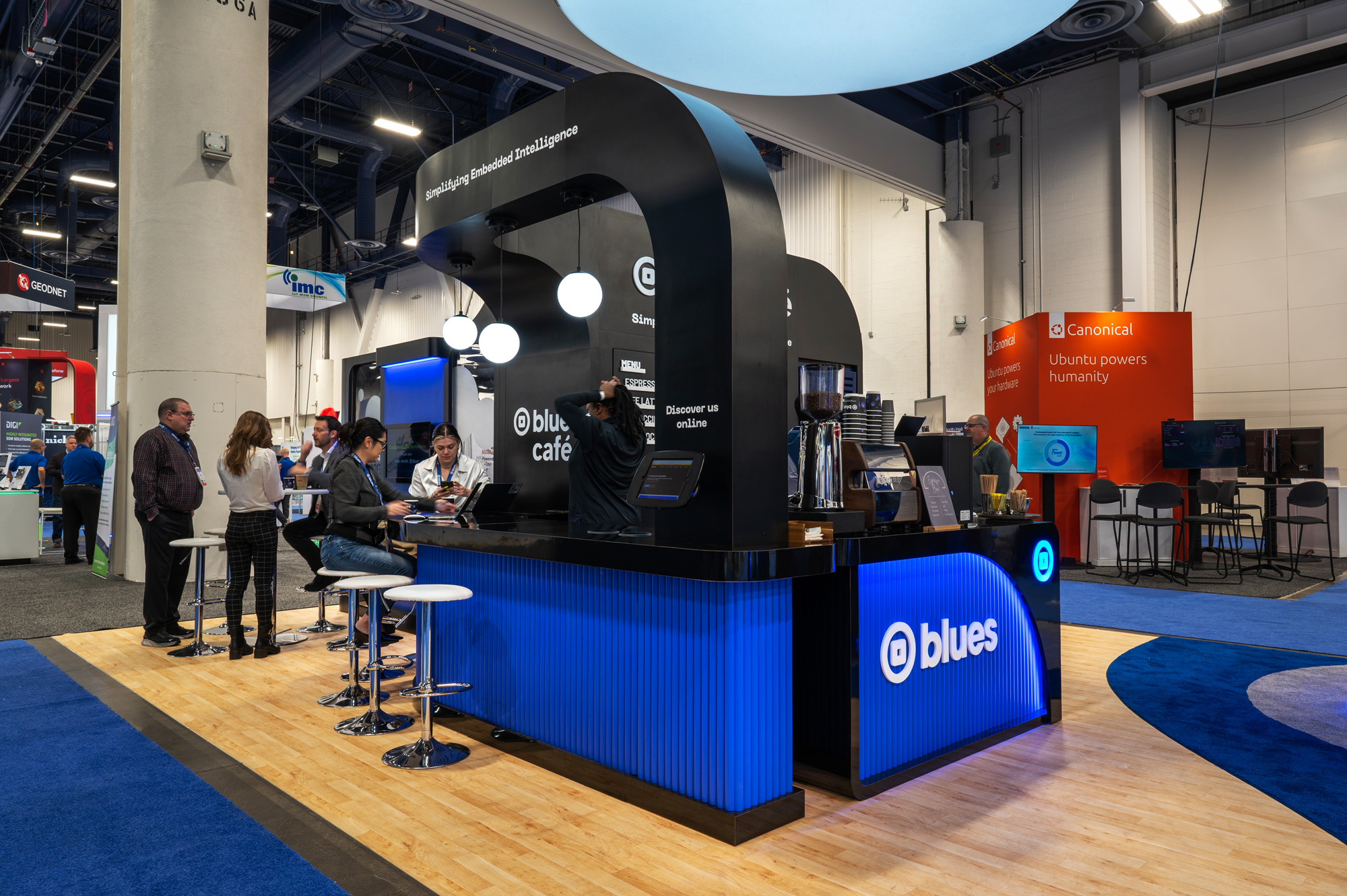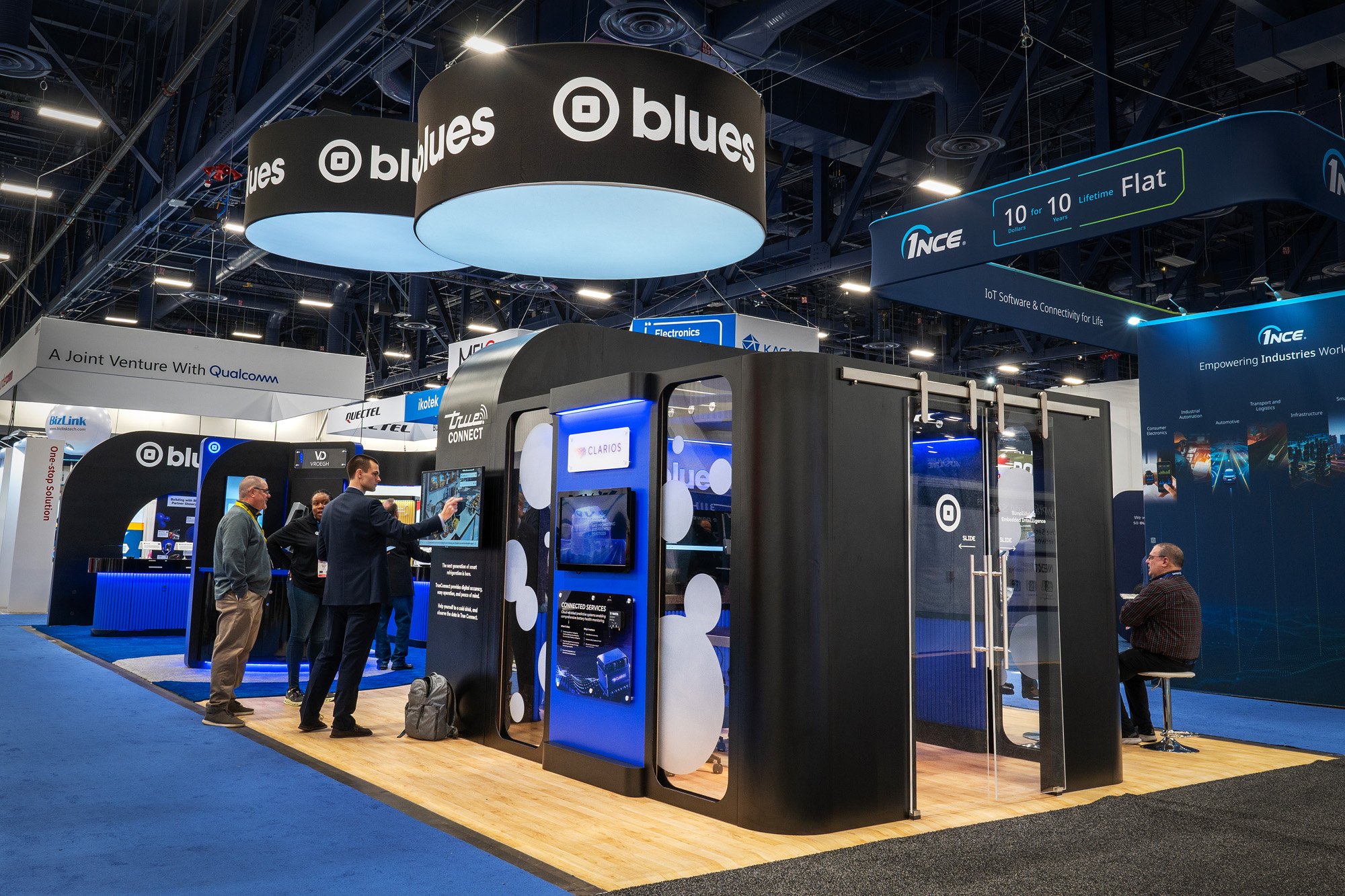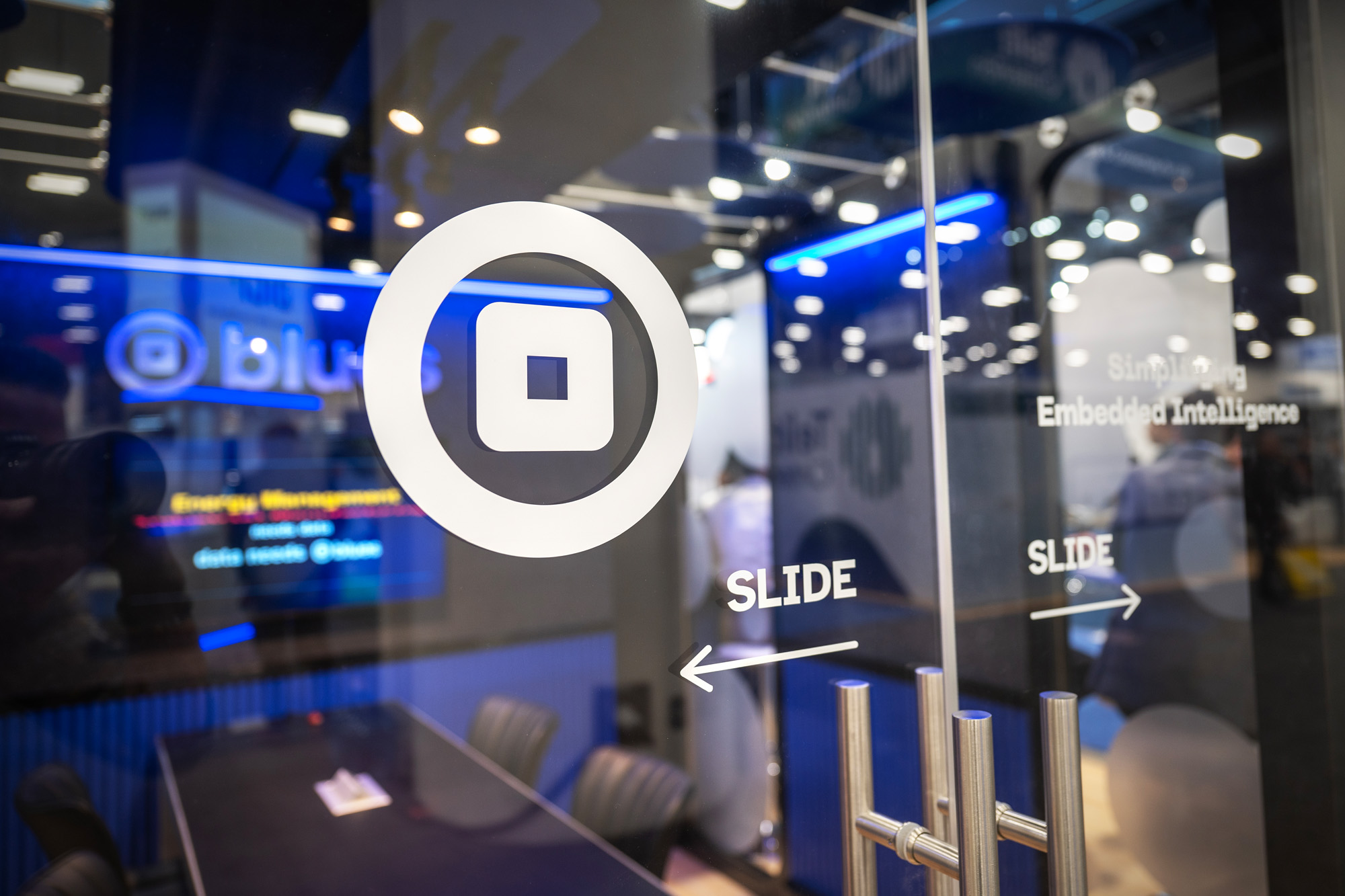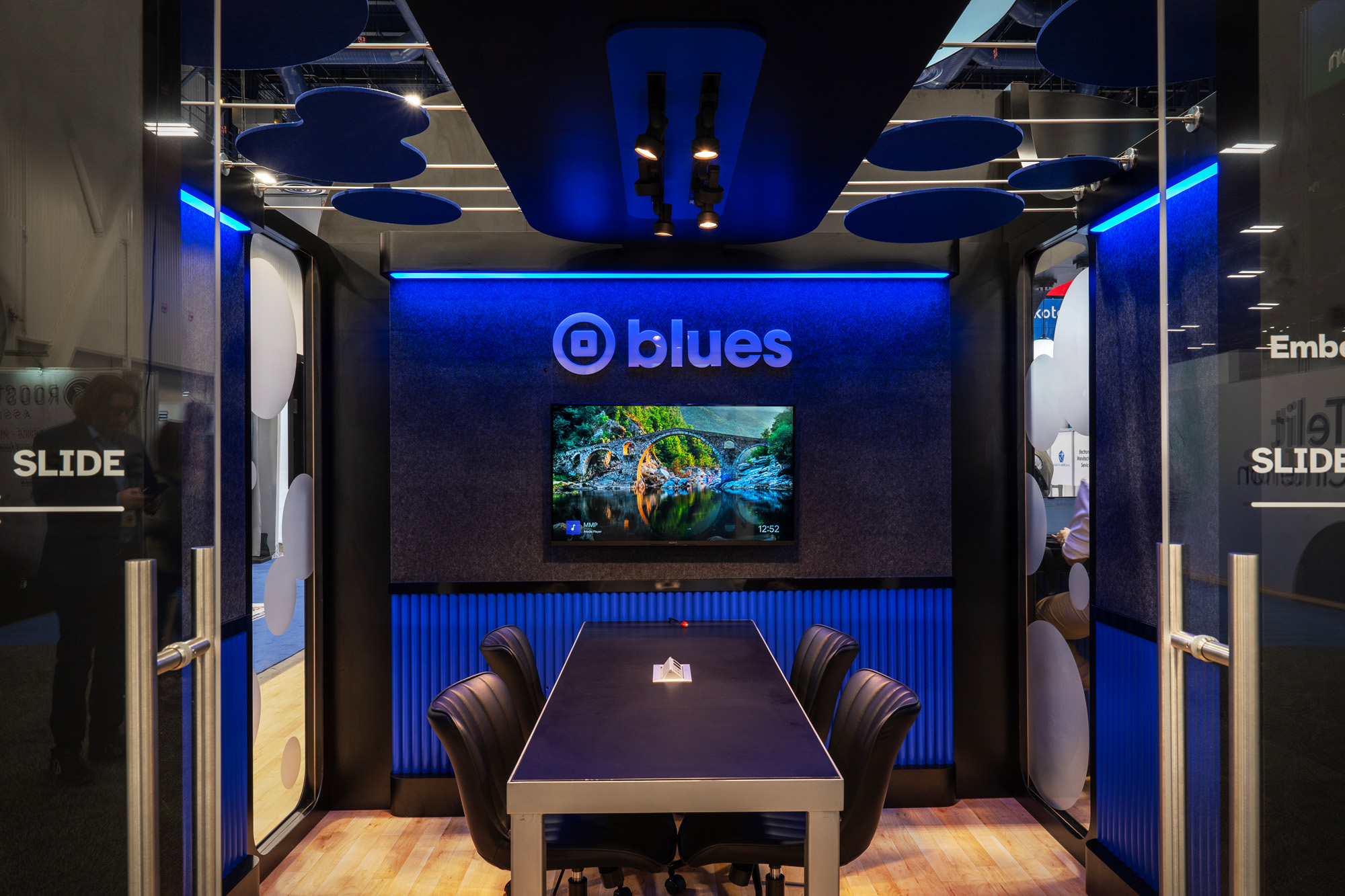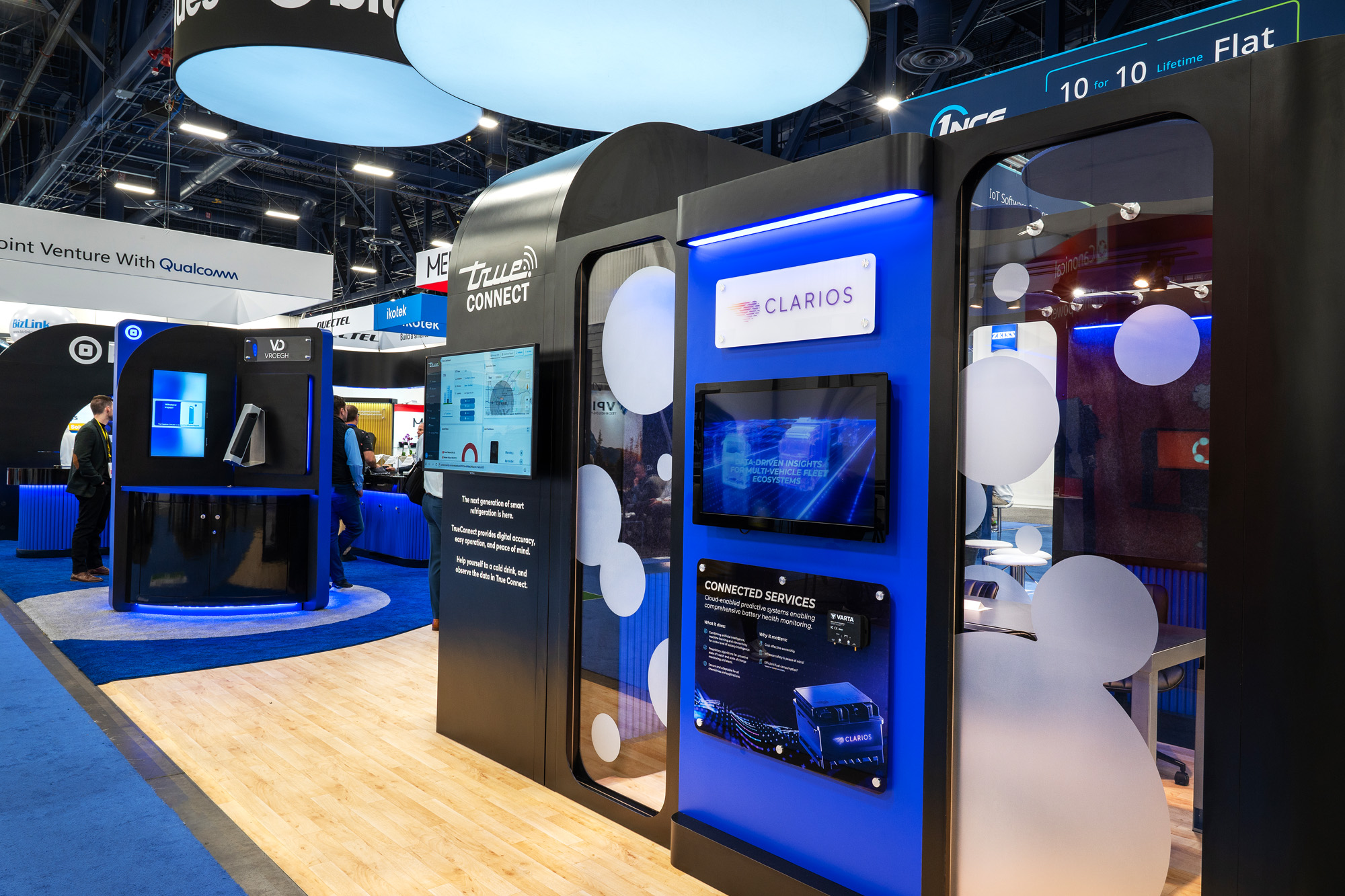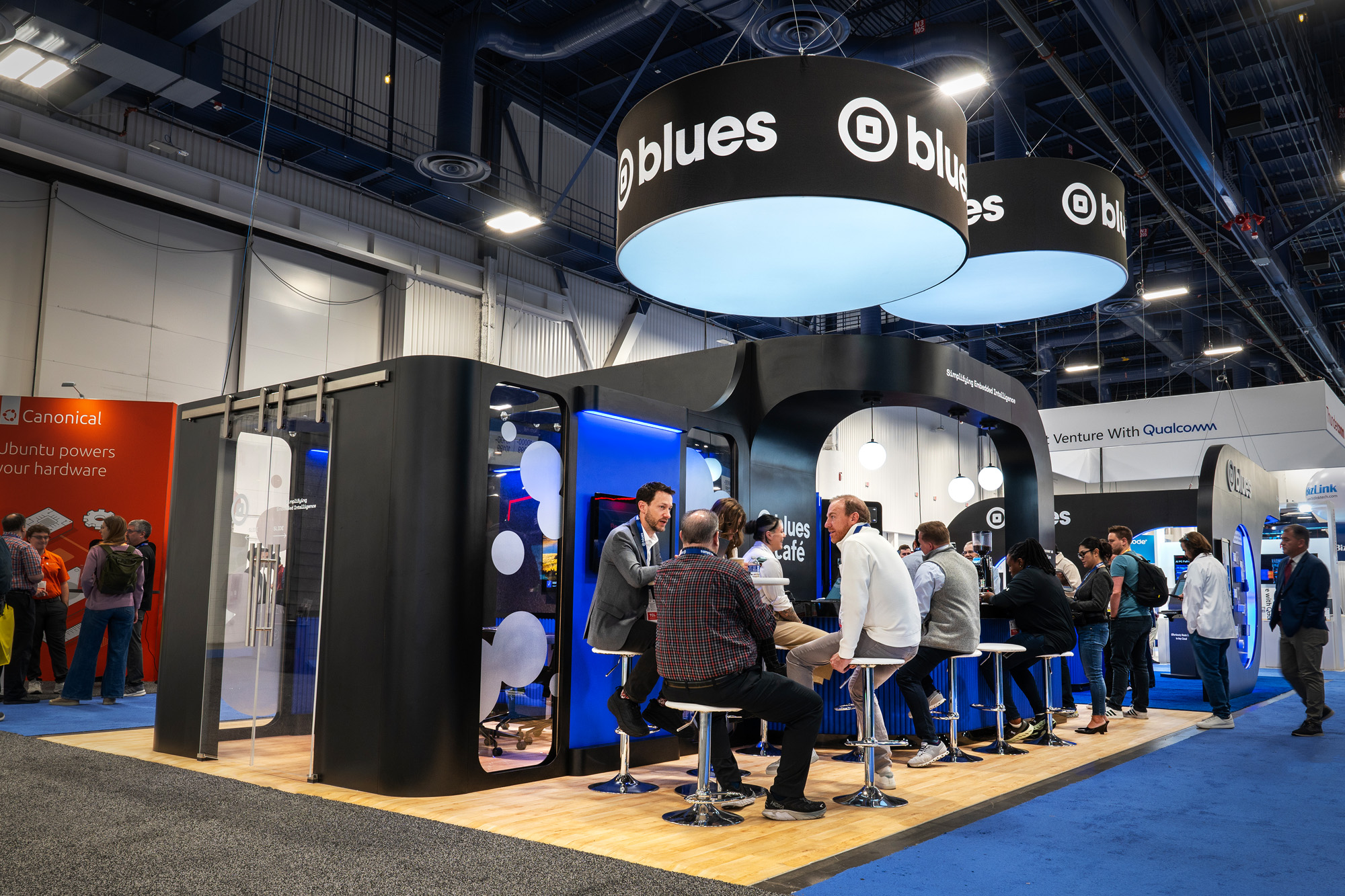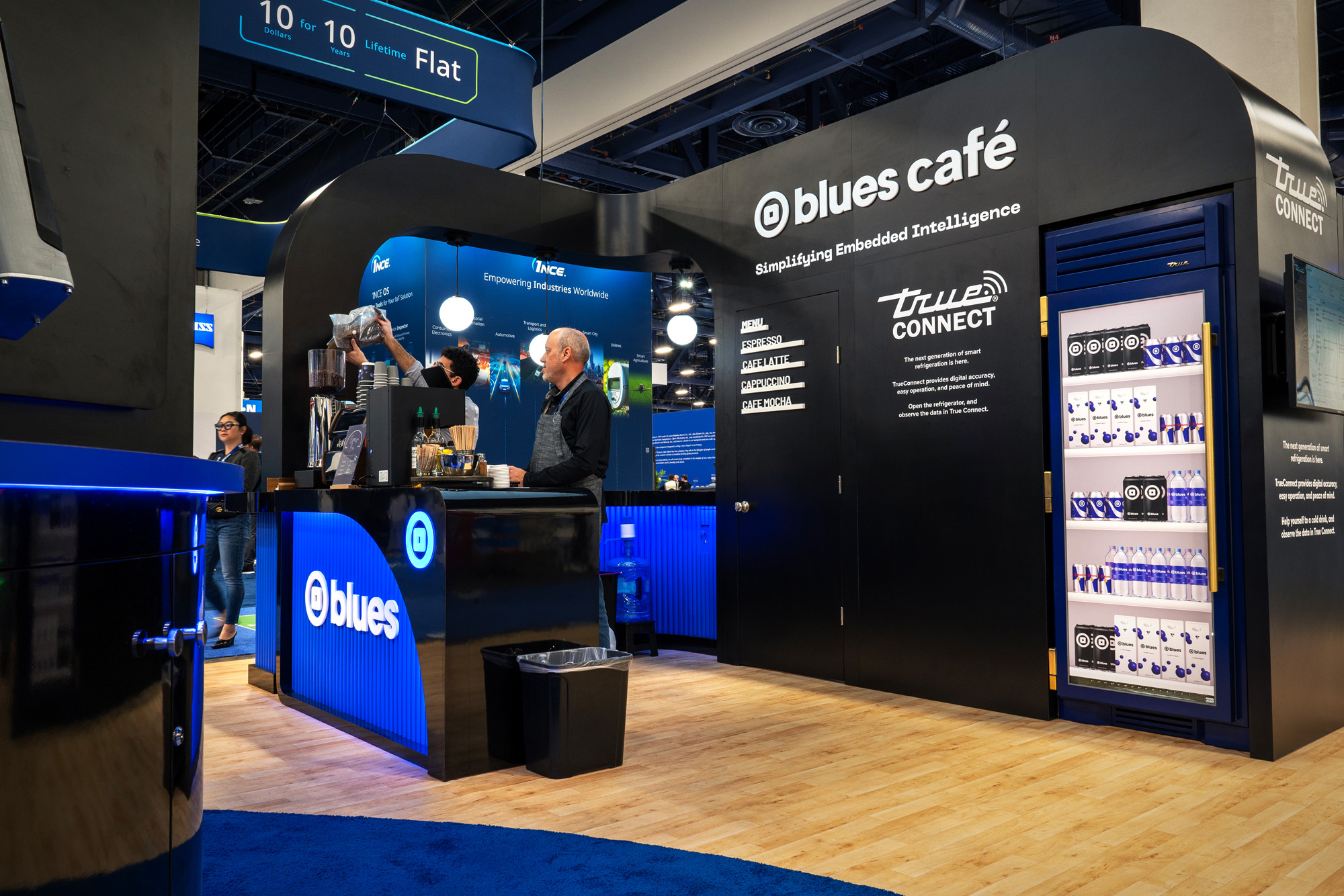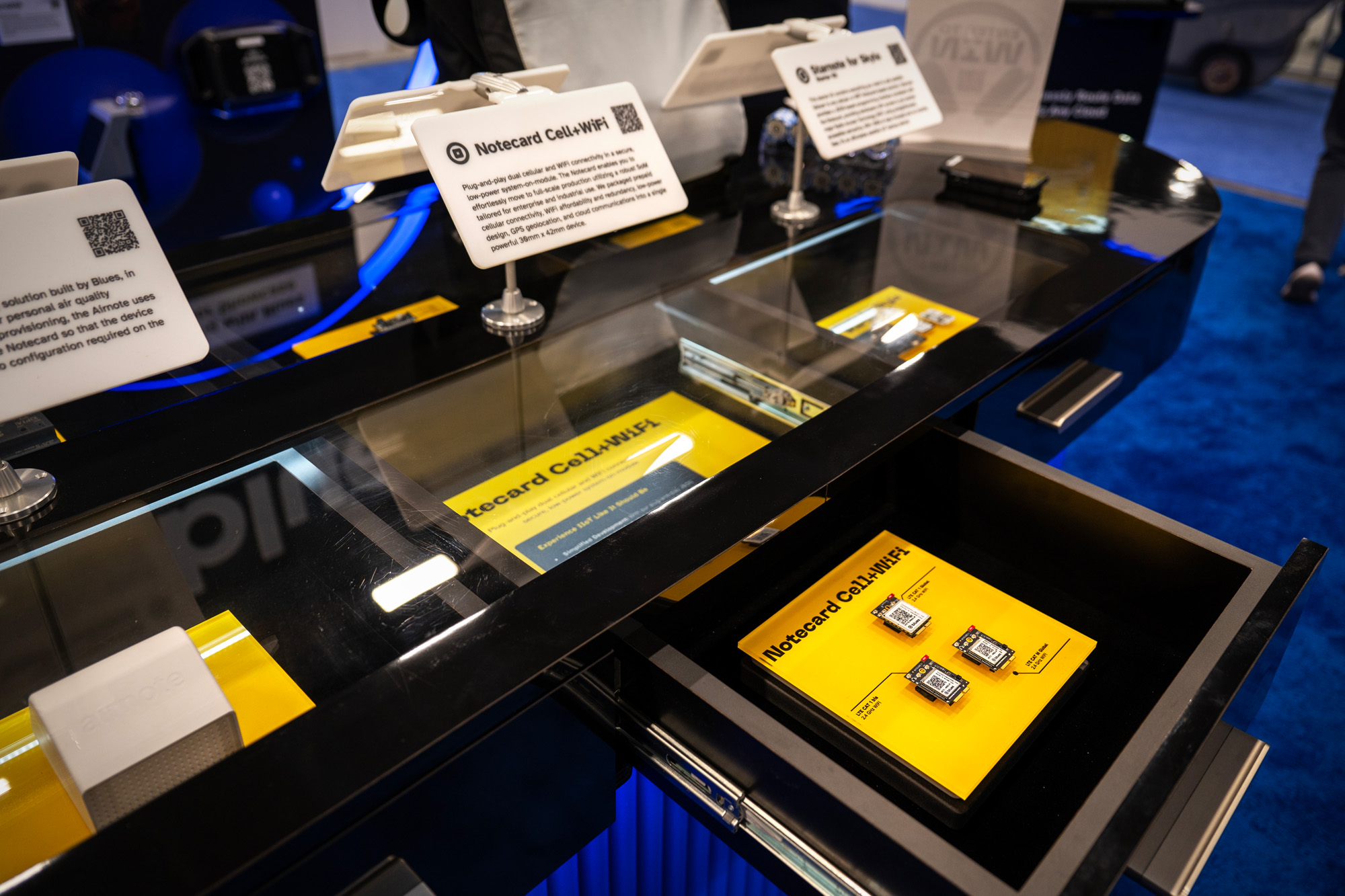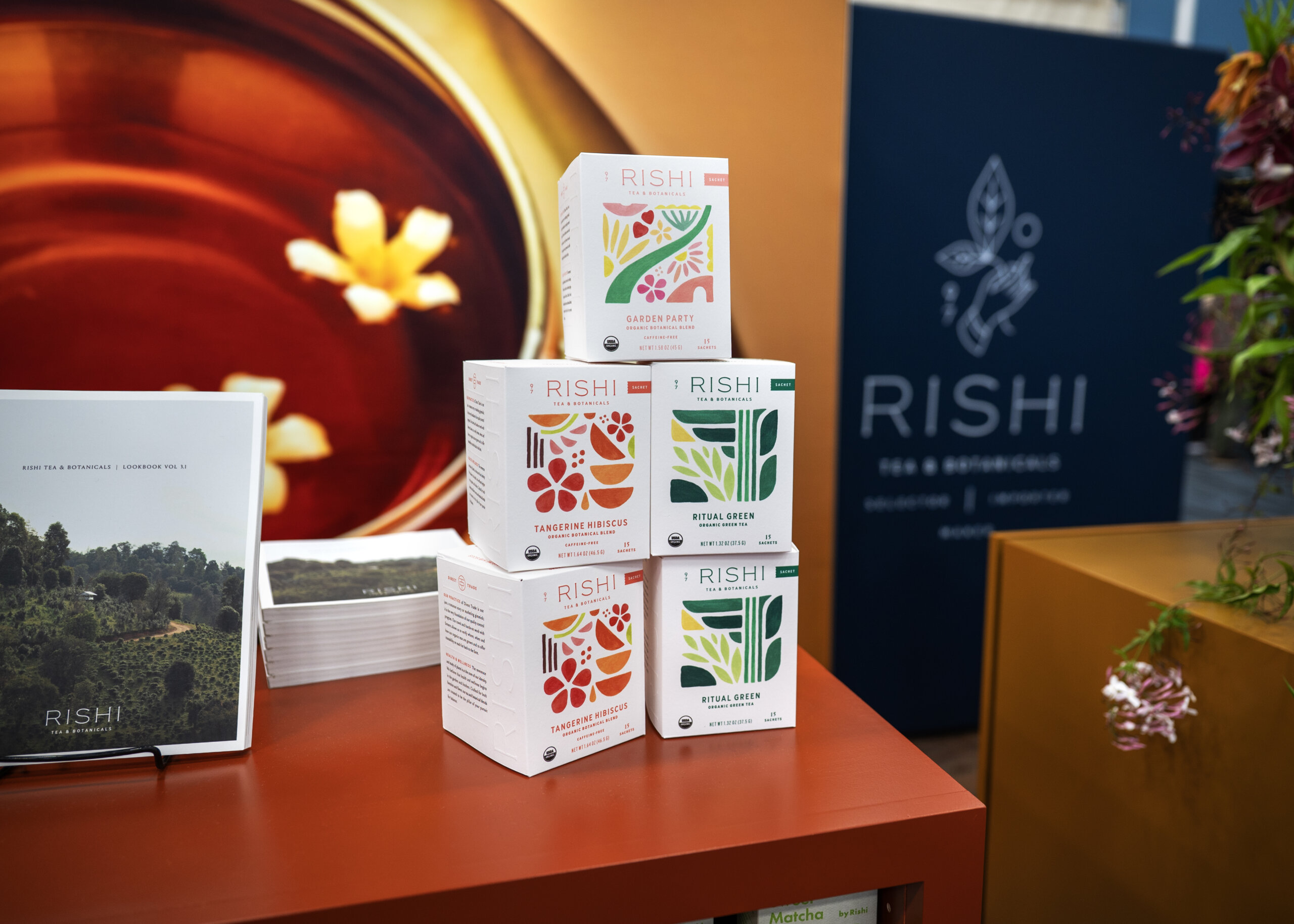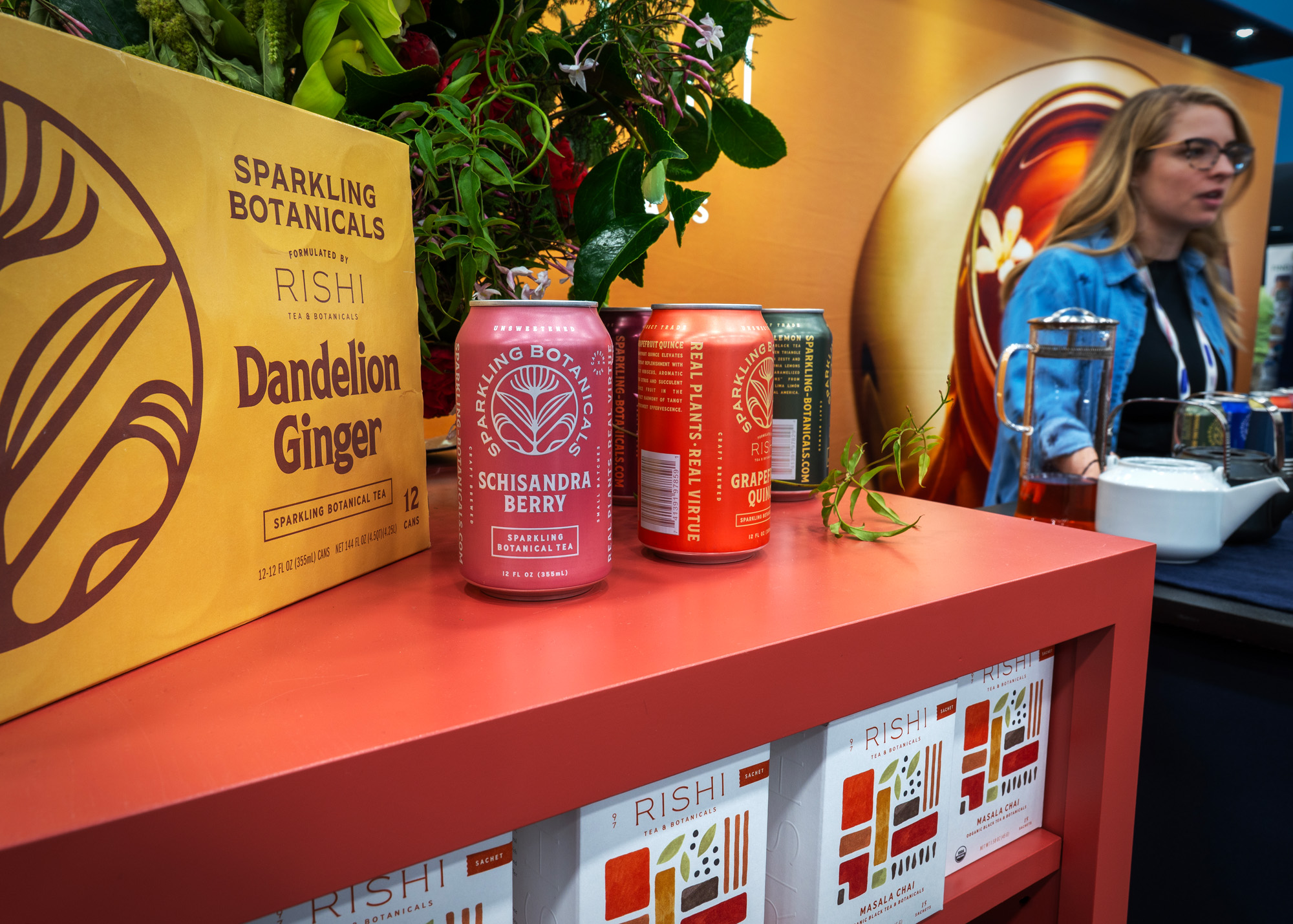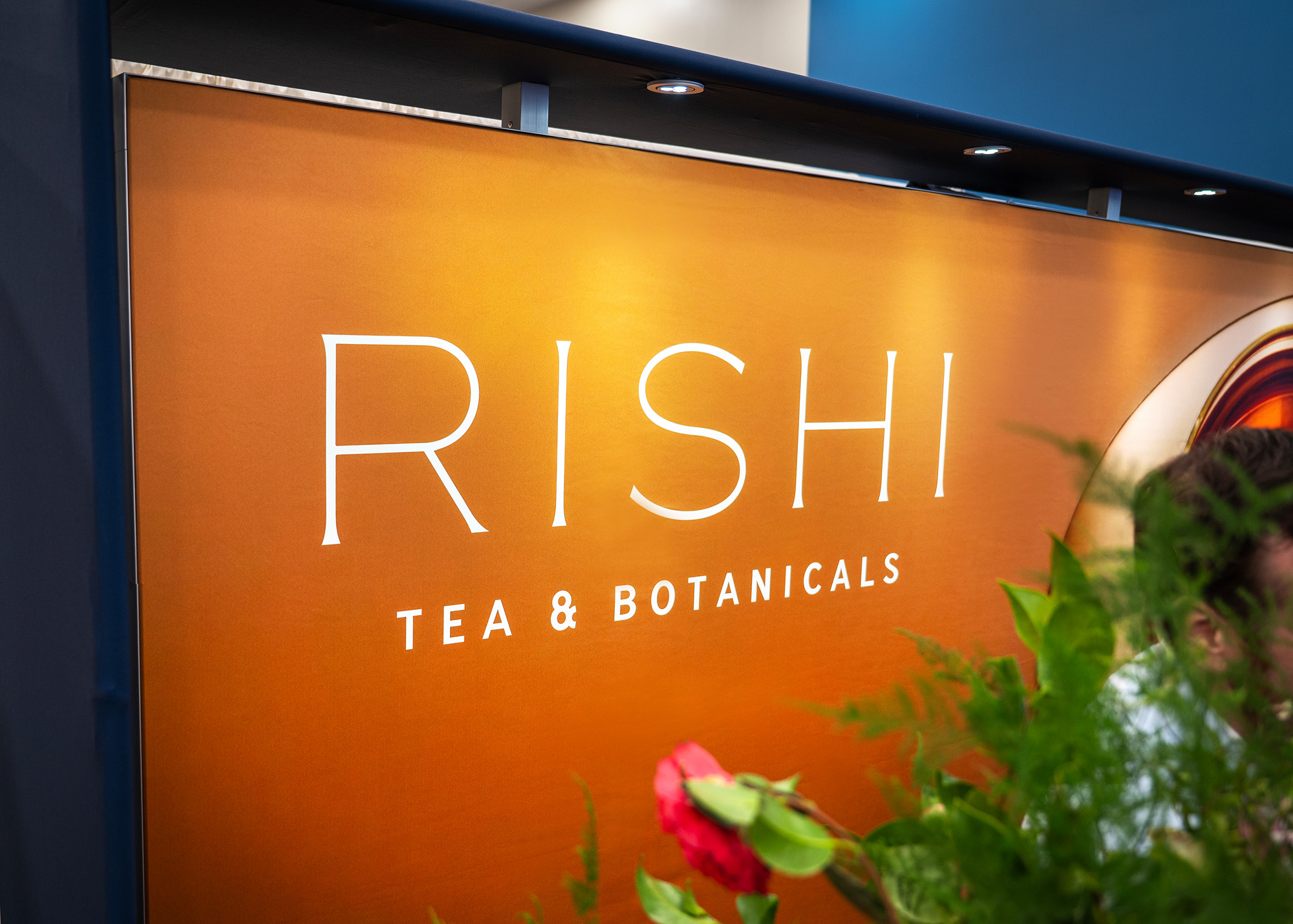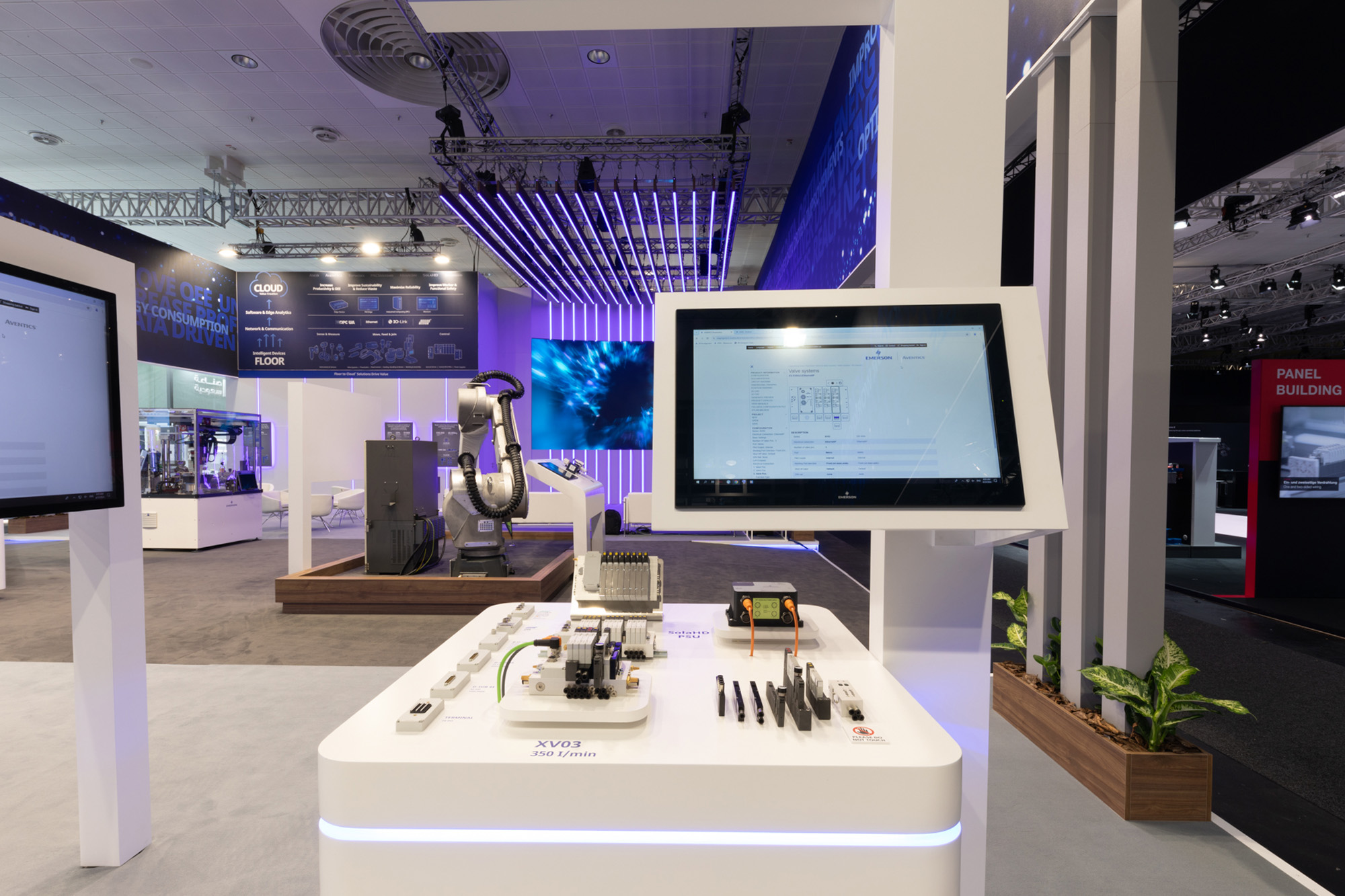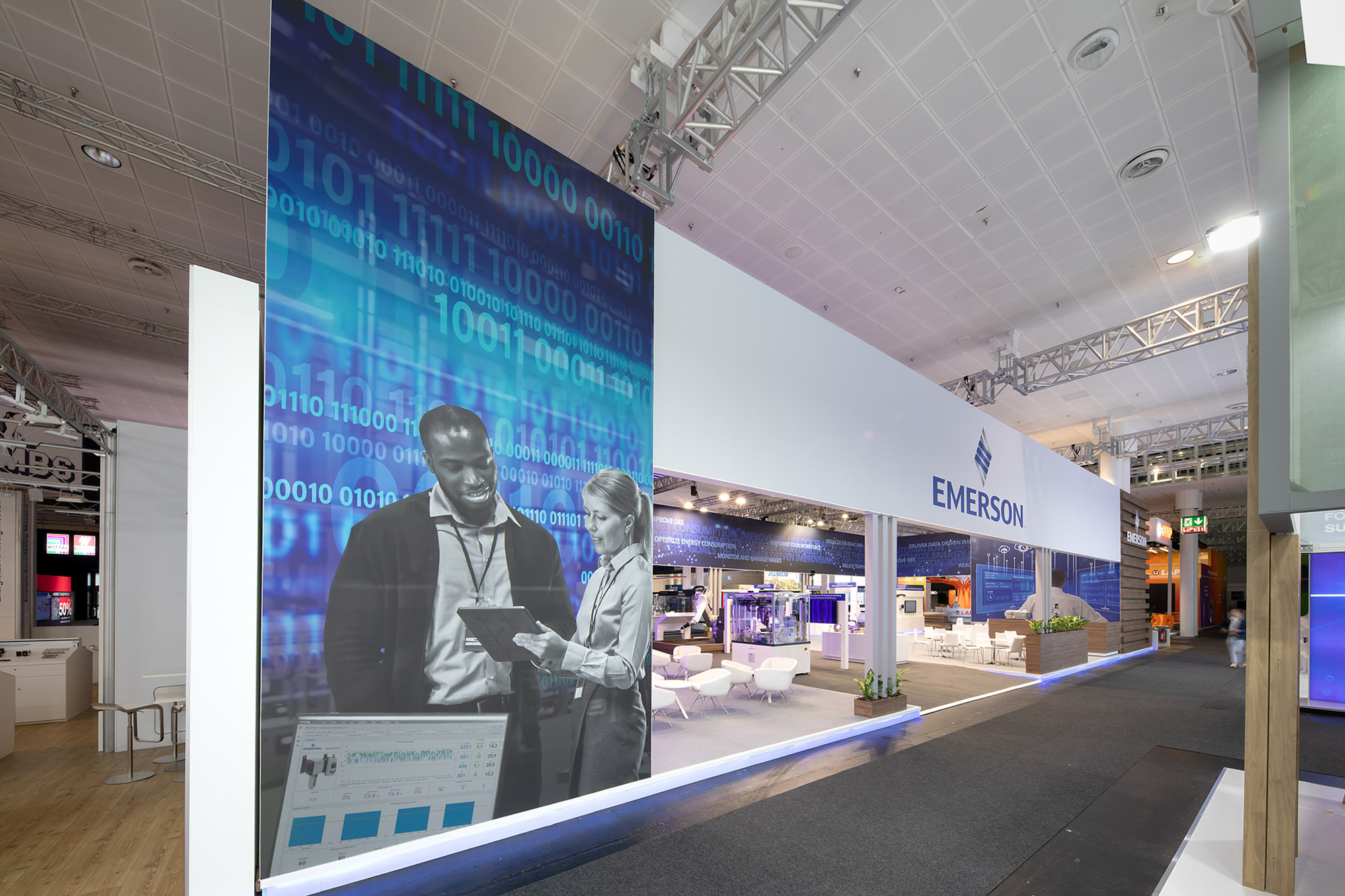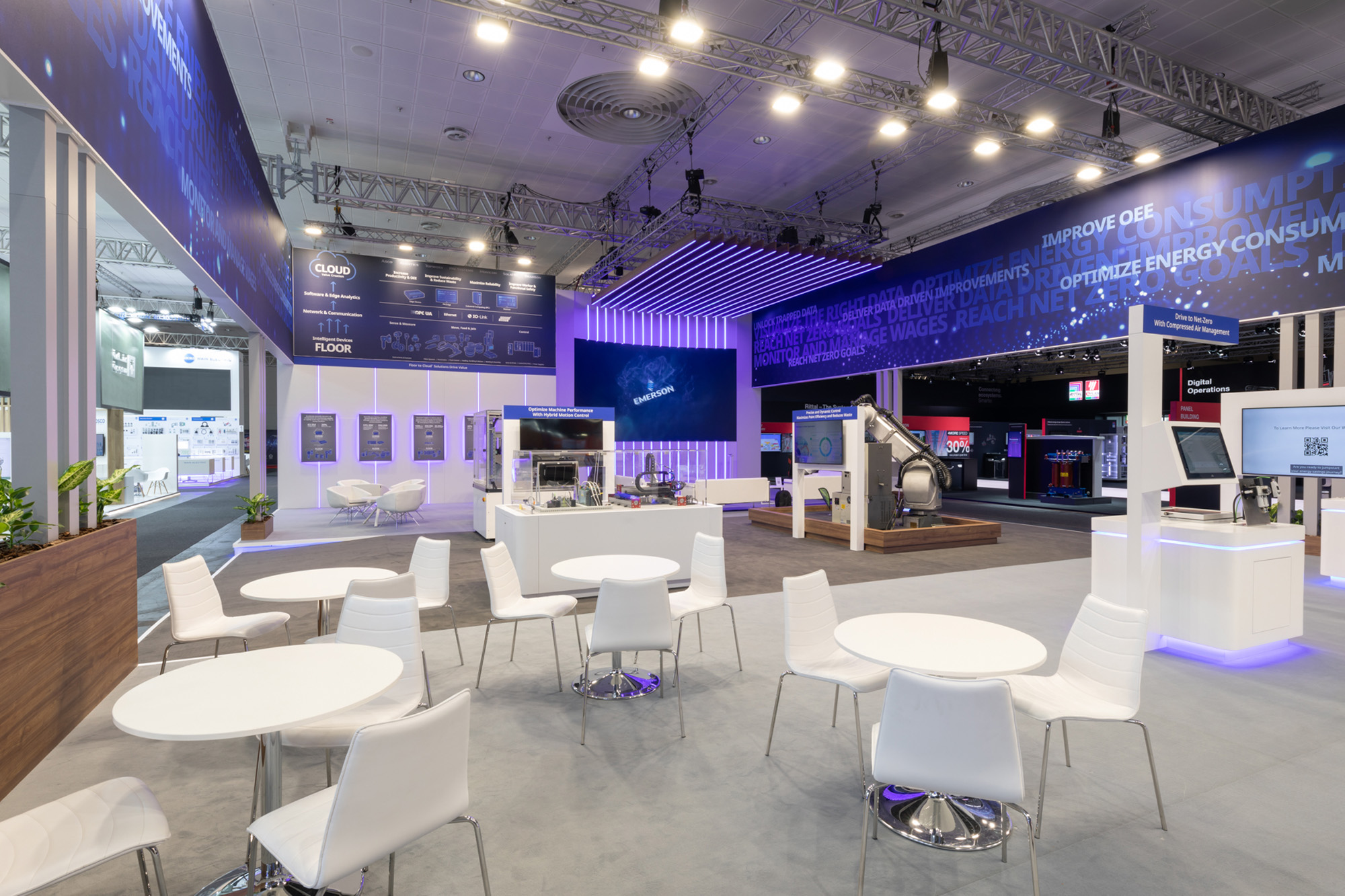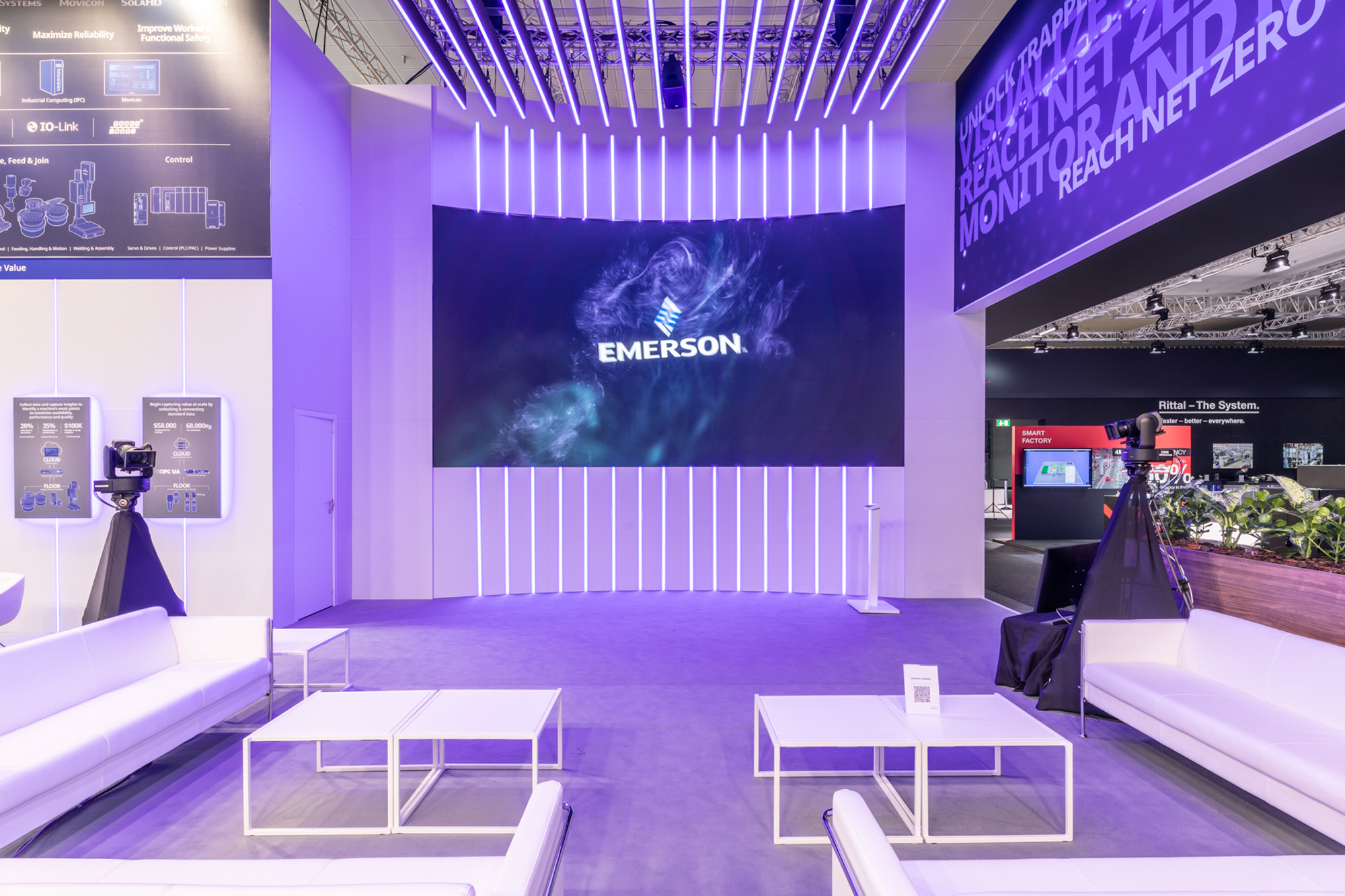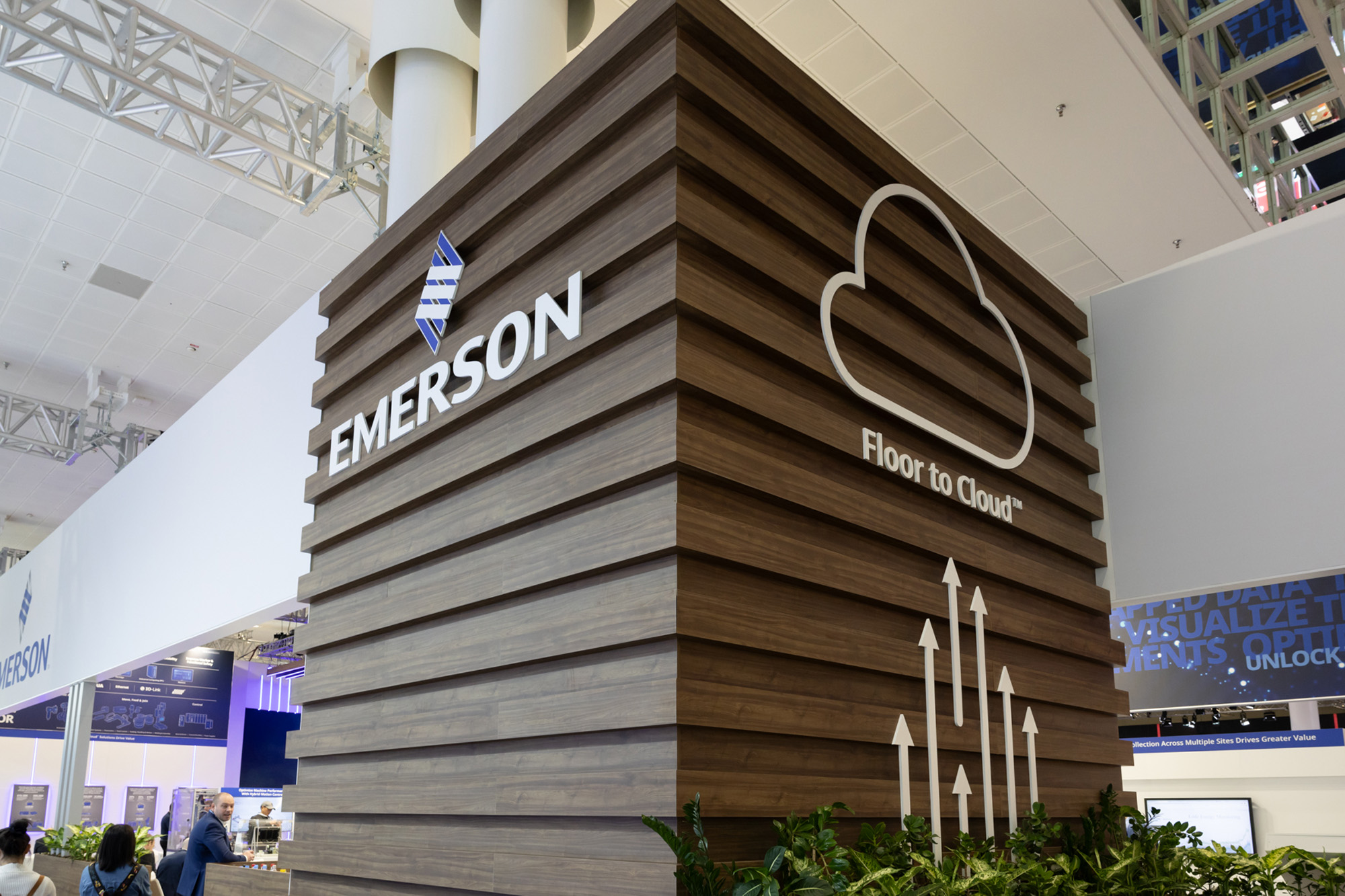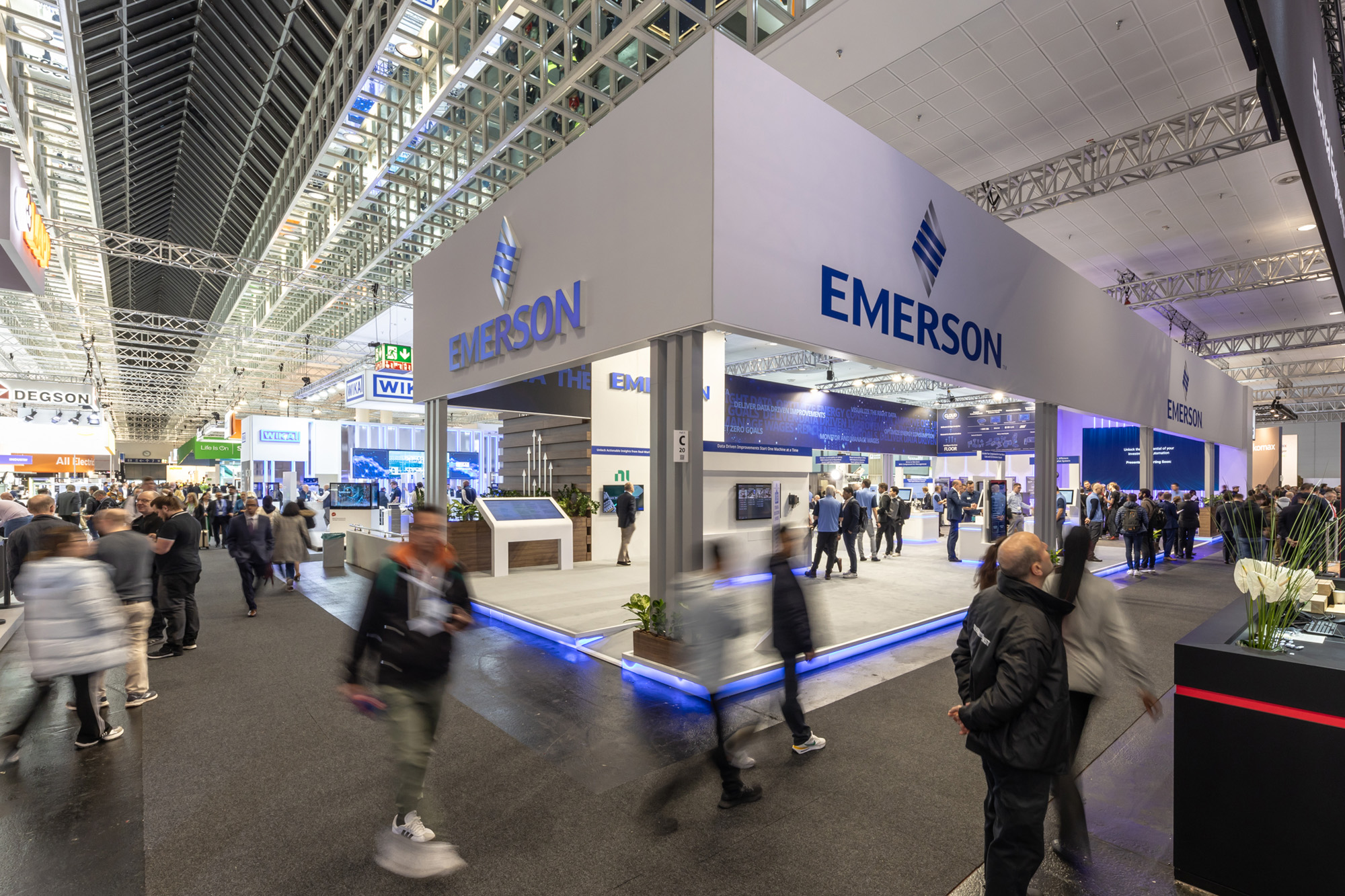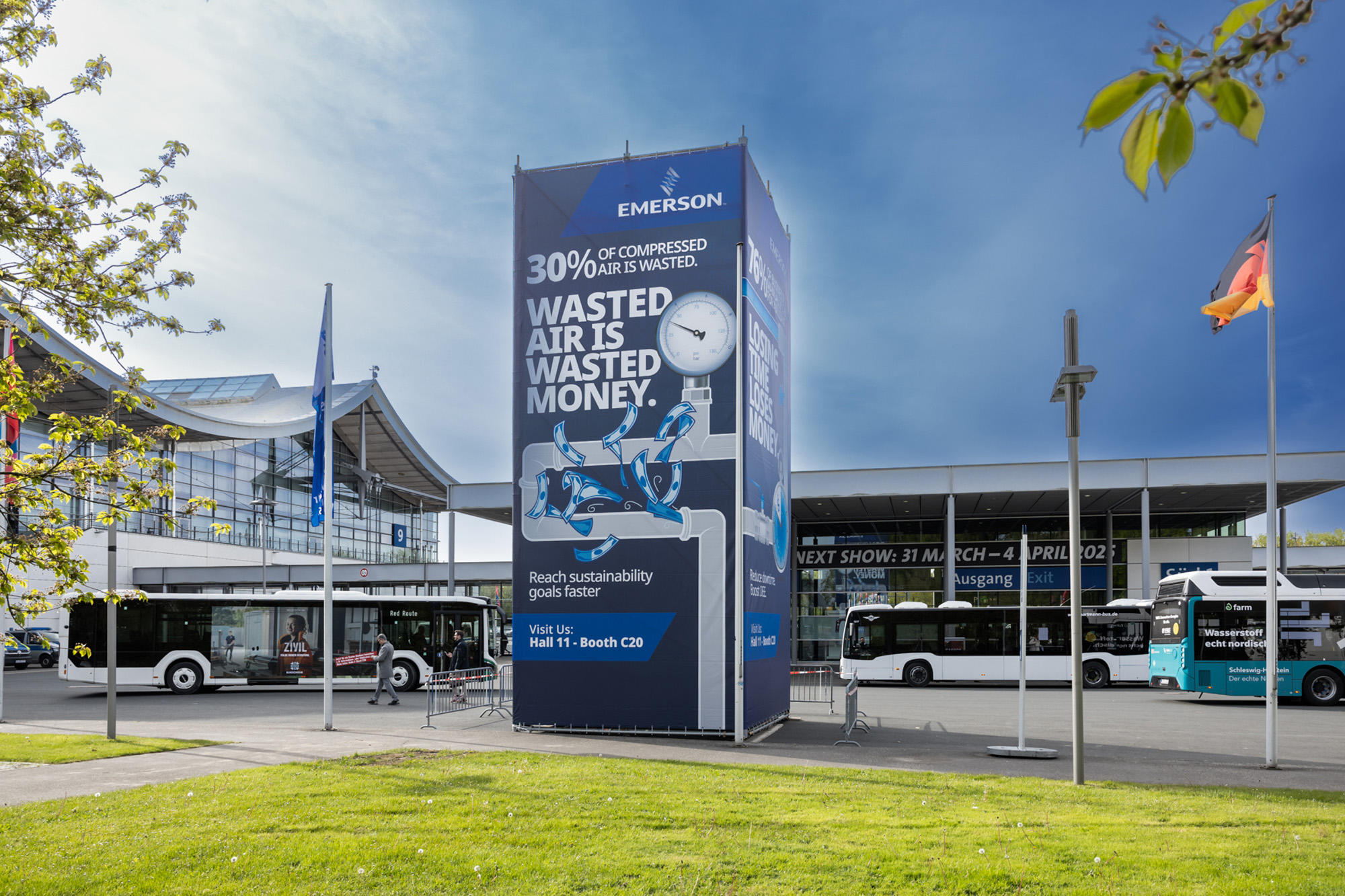
Table of Contents
-
Introduction: the role of retail interiors in 2025
-
Chapter 1: Experiential retail spaces
-
Chapter 2: The evolution of showrooms
-
Chapter 3: The rise of pop-ups
-
Chapter 4: Mini-stores & store-within-a-store concepts expand
-
Chapter 5: Brand activation through customizations
-
Conclusion: Transform your retail space with STAR
Introduction: the role of retail interiors in 2025
The retail landscape is evolving rapidly, offering brands exciting opportunities to innovate through technology and immersive experiences. With multiple purchasing channels—online, in-store, and hybrid models—shoppers now expect more than just transactions. Deloitte predicts a 3.1% increase in consumer spending in 2025, and 40% of retail executives say they are prioritizing enhanced shopping experiences to attract value-conscious customers.
Despite e-commerce growth, physical retail remains essential. Consumers, especially Gen Z shoppers, are seeking richer in-person interactions, craving the tactile engagement and personal connections that digital platforms lack. However, to stay competitive, brick-and-mortar stores must do more than just exist—they need to replicate the best aspects of online shopping, including ease of use, personalization, and curated recommendations. Shoppers now expect intuitive layouts, frictionless checkout, and tailored product suggestions.
Retail interiors are evolving to meet these demands, transforming into dynamic brand experiences that balance personalization, regional identity, and seamless digital integration. Merchandising strategies now prioritize shopability, durability, flexibility, and accessibility—ensuring customers can effortlessly discover, engage with, and purchase products. From localized design elements to curated product assortments, stores must reflect both the individuality of their customers and the efficiency of their online counterparts.
Here are the winning strategies for retail interior design in 2025.
Chapter 1: Experiential retail spaces
Retailers are shifting from transactional spaces to immersive environments that engage the senses and create lasting impressions.
- Storytelling through design: Museum-style installations and dynamic displays communicate brand history, values, and product evolution at every touchpoint. Even subtle touches like the visuals on the walls and the displays in high traffic areas like entries and checkouts are focused on what brands deliver, whether that’s extreme value, luxury, or something in between.
- Multi-sensory experiences: Scent, sound, and touch enhance engagement, while interactive demonstrations and strategic lighting bring products to life. Sensory experiences can be used to promote individual products or the brand at large.
- Hands-on try zones: Customers increasingly expect the ability to test and experiment with products before making purchasing decisions. Dedicated spaces for product trials, consultations, and workshops empower consumers to make informed decisions. The National Retail Federation notes that one of the key trends of 2025 will be brands investing more in experiences that encourage buyers to try products, such as Sephora’s beauty and makeover services.
Chapter 2: The evolution of showrooms
Showrooms are becoming dynamic engagement hubs rather than static product displays, helping customers visualize and interact with products in meaningful ways. Whether it’s the ease of installing a new type of window or envisioning how new appliances would look in a home, showrooms can help visitors see the value of a major purchase.
- Modular spaces: Adaptable interiors featuring modular walls and interchangeable fixtures allow brands to refresh layouts frequently and cater to changing product lines. Not only are modular designs cost effective, they can be reimagined and reconfigured for product launches, seasonal promotions, and other go-to-market strategies.
- Immersive narratives: Showrooms are being designed with storytelling in mind, where every section contributes to the overall brand experience. Guided tours and interactive displays reinforce key messages and create an engaging shopping experience. Visitors leave with a clear understanding of the brand story, product value proposition, and how specific solutions can meet their unique needs.
- Hybrid retail models: Many brands are leveraging showrooms as both product exploration hubs and digital fulfillment centers, allowing for seamless online-to-offline integration. Shoppers have the ability to try on clothes or explore the textures of a home item, for example, and then order items in a wider variety of colors and other customizations. The National Retail Federation notes that younger shoppers, including Gen Z, are fans of this model but expect flawless physical to digital execution.
Chapter 3: The rise of pop-ups
Pop-ups are no longer just a temporary marketing tool—they are becoming a vital part of retail strategy. According to CapitalOne Shopping, pop-ups are expected to generate $95 billion in revenue in 2025 alone.
- Seasonal and trend-based pop-ups: From holidays to trends, pop ups allow retailers to capitalize on important moments without making major capital expense investments. Retailers are embracing limited-time stores to capitalize on seasonal trends, product launches, and cultural moments. These short-term experiences build buzz and exclusivity.
- Alternative to permanent retail: For brands testing new markets or product lines, pop-ups provide a cost-effective and flexible alternative to traditional brick-and-mortar investments. Pop-ups allow a brand to create a highly visual, unique experience that can be assembled and taken down in a matter of hours to offer maximum flexibility.
- Promotional and experiential events: Many pop-ups are designed not just to sell products but to engage audiences through exclusive previews, influencer events, and hands-on brand experiences. These one-time or limited engagements often build critical visibility and momentum for retailers, but don’t require long-term investments or permanent facilities.
Chapter 4: Mini-stores & store-within-a-store concepts expand
Retailers are rethinking traditional formats by adopting dynamic, flexible retail concepts. Mini-stores allow retailers to expand their footprint into new areas without major investments, while store-within-a-store concepts let brands partner to share their audiences.
- Modular mini-stores: Brands are experimenting with smaller, curated spaces within larger stores, featuring rotating product selections and targeted niche experiences. Often, these are easier to change for seasonal promotions, changing trends, or to customize merchandising for dynamic audiences.
- Flexible retail partnerships: Store-within-a-store concepts are evolving with dynamic partnerships, allowing spaces to be easily reconfigured for new collaborations. As interests change and certain brands gain visibility within a space, retail partnerships evolve and these emerging retail formats allow retailers to accommodate these without major redesigns.
- Limited-time curated spaces: These small, frequently changing retail areas drive excitement and encourage repeat visits by offering ever-evolving product selections.
Chapter 5: Brand activation through customizations
The store itself becomes a dynamic brand experience, reinforcing identity through layout, fixtures, and design elements. Every touchpoint—from flooring and wall treatments to checkout counters and signage—should align with the brand’s identity, creating a seamless, recognizable experience. Custom layouts and fixtures allow brands to craft memorable environments that truly reflect their business, foster deeper engagement, encourage brand loyalty, and drive higher conversion rates.
- Bespoke store fixtures: Custom shelving, displays, and checkout counters that reflect a brand’s identity create a cohesive, recognizable experience. Tailored fixtures help optimize product visibility, improve customer flow, and reinforce brand storytelling, ensuring that every detail—from the shape of shelving to the choice of materials—aligns with the brand’s aesthetic and values.
- Lighting and traffic flow optimization: Thoughtful lighting design enhances the shopping ambiance, guiding customers through the store naturally and highlighting key product areas. Strategic placement of fixtures and aisle layouts can influence buying behavior, making spaces feel inviting and ensuring that customers linger longer, increasing the likelihood of purchases.
- Localized design for deeper connections: Retailers are integrating regionally inspired aesthetics, materials, and layouts that reflect the character of their locations. Whether it’s coastal-inspired palettes, urban industrial elements, or regionally sourced materials, these thoughtful design choices create an authentic, community-driven shopping experience.
- Sustainable and ethical retail integration: Brands are prioritizing eco-friendly materials, energy-efficient lighting, and responsible sourcing in their store designs. From using recycled fixtures to showcasing ethical production practices, sustainability is now a core part of retail storytelling that resonates with values-driven consumers.
Conclusion: Transform your retail space with STAR
Retail is no longer just about selling products—it’s about creating experiences that resonate with customers. As retail interiors evolve to meet shifting consumer expectations, brands that embrace immersive, flexible, and sustainable design will stand out.
Ready to shape the future of retail interiors? Contact STAR today to partner with an industry leader in experiential retail design. From flagship stores to boutique experiences, we bring brands to life through innovative design and strategic execution.
Deeper dive.
Discover our library of expert insights, best practices, and experiential marketing tips and tricks to keep you in the know and ahead of the crowd.
InsightsSustainability in Action
The Strategic Edge
The Power of Creative Strategy

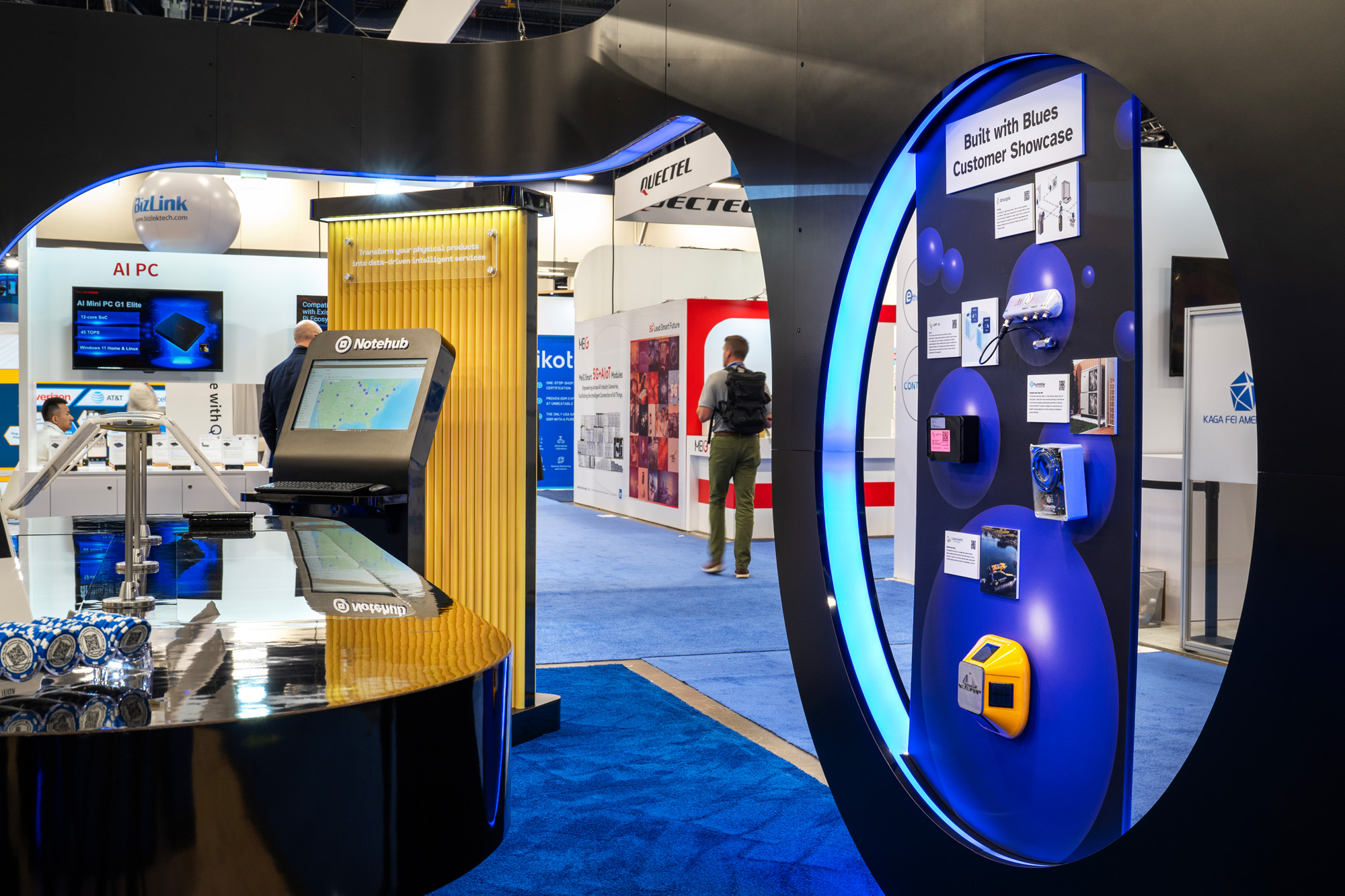
Blues
A smart, hospitality-driven space that sparked 2,500+ conversations through focused meetings, hands-on demos, and thoughtful design.

Rishi Tea
A fresh brand presence brought to life through modular design, vibrant storytelling, and seamless logistics that let Rishi focus on what mattered—tea and connection.
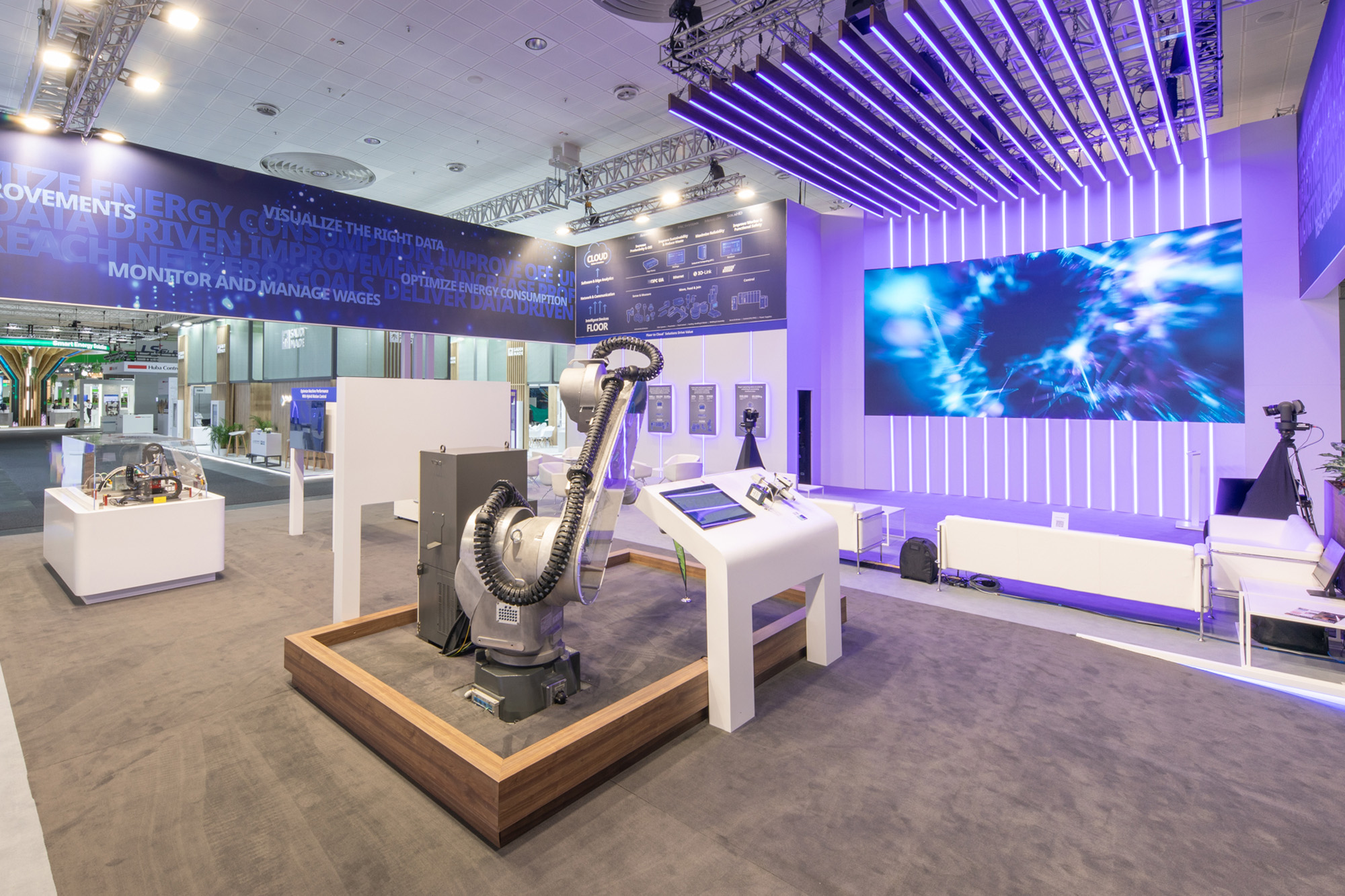
Emerson
Solutions on an international scale. Emerson at Hannover Messe 2024.
Let’s connect.
We are here to transform every space into an amazing story. Call, email, or chat with us anytime to learn more.
Email us
Call
"*" indicates required fields


